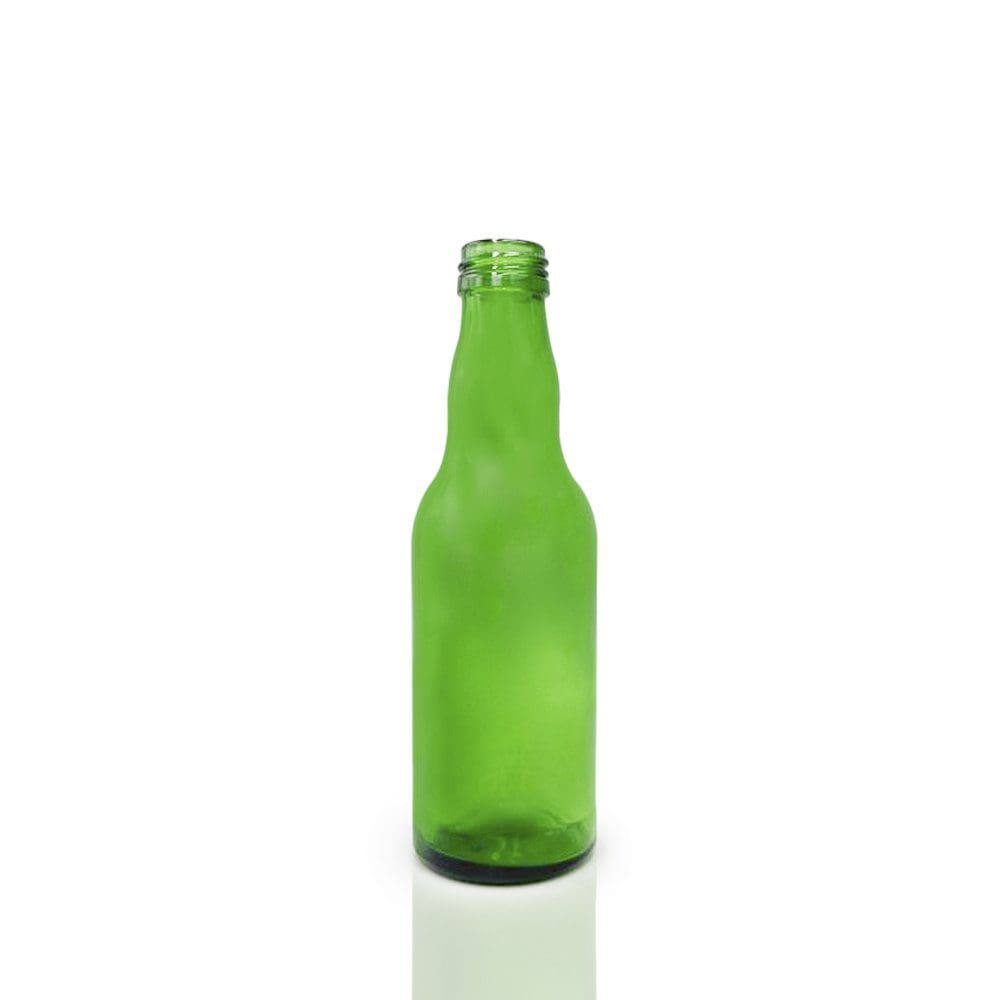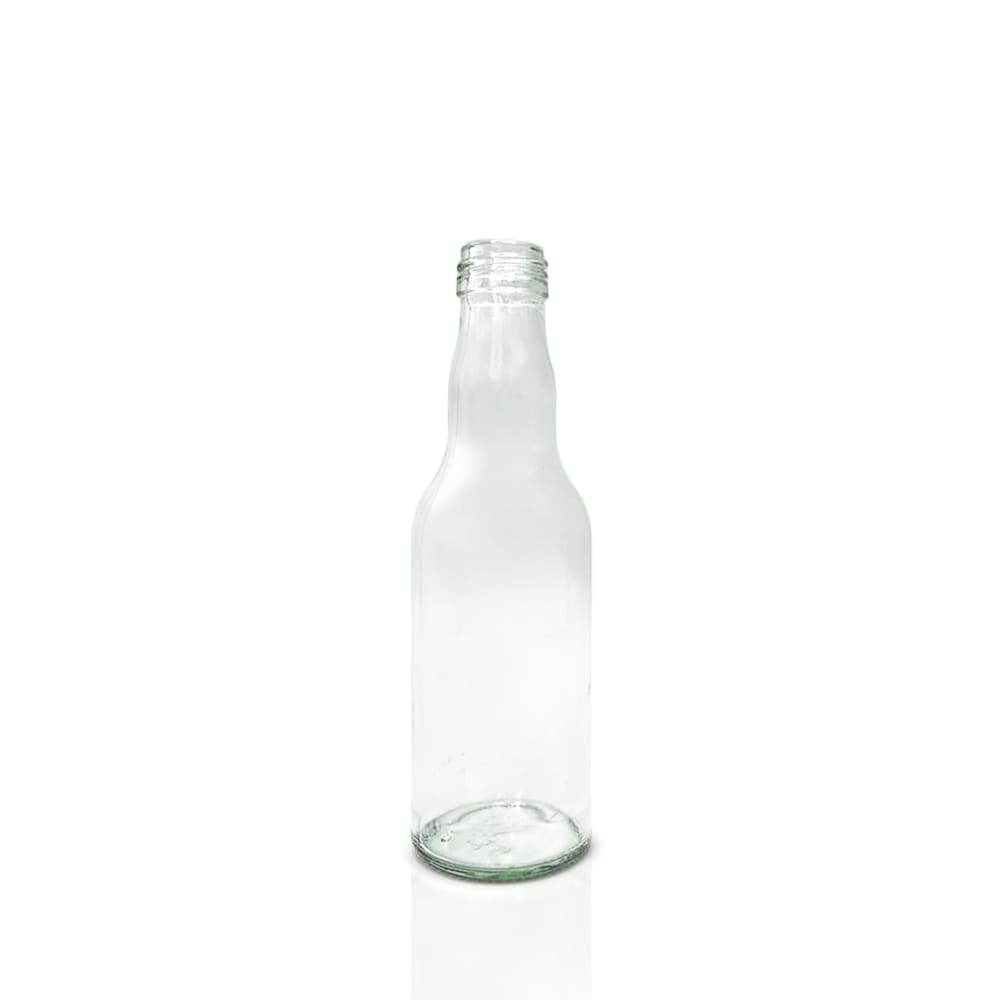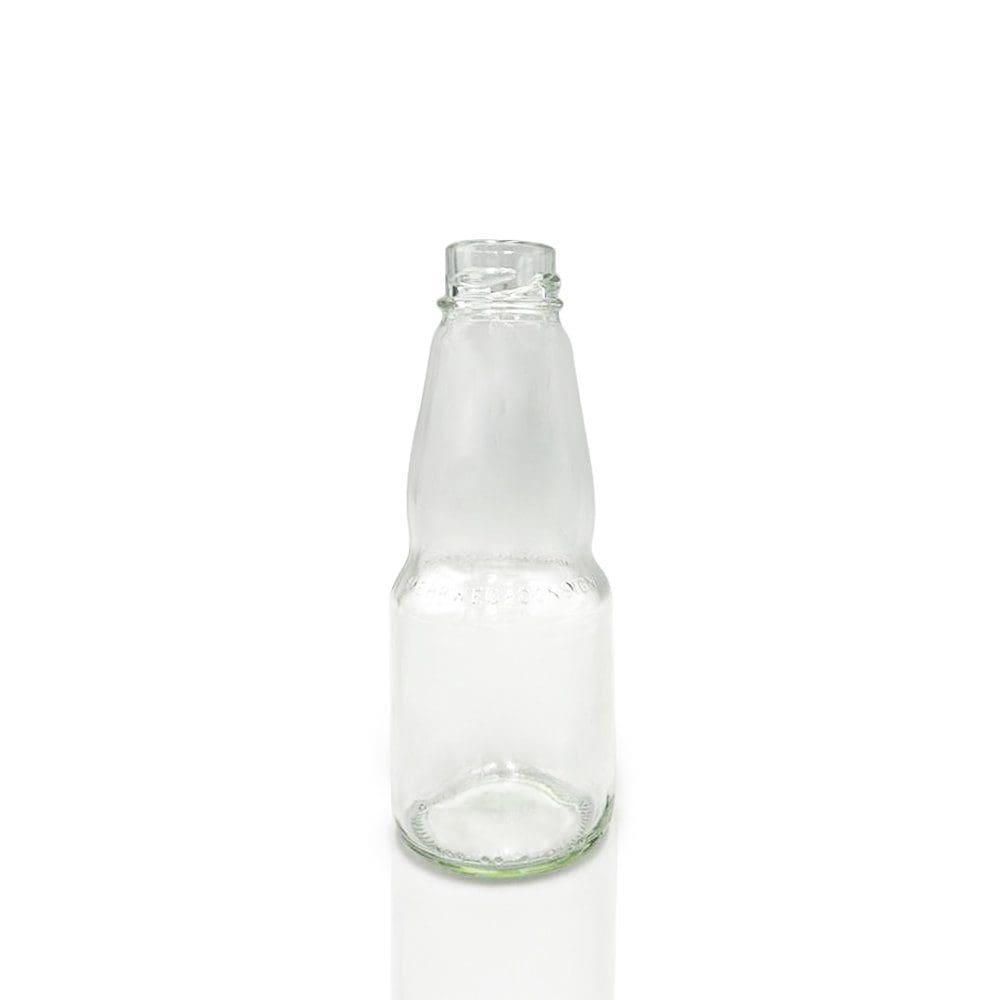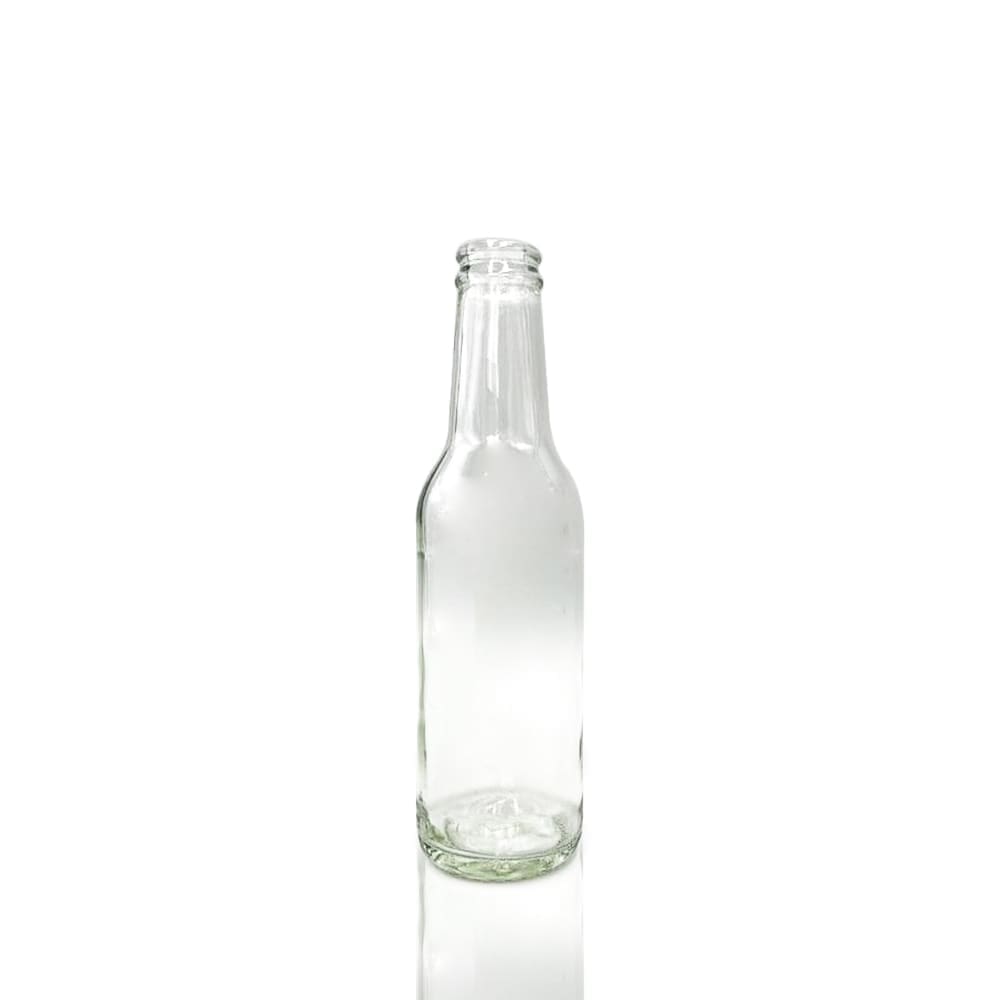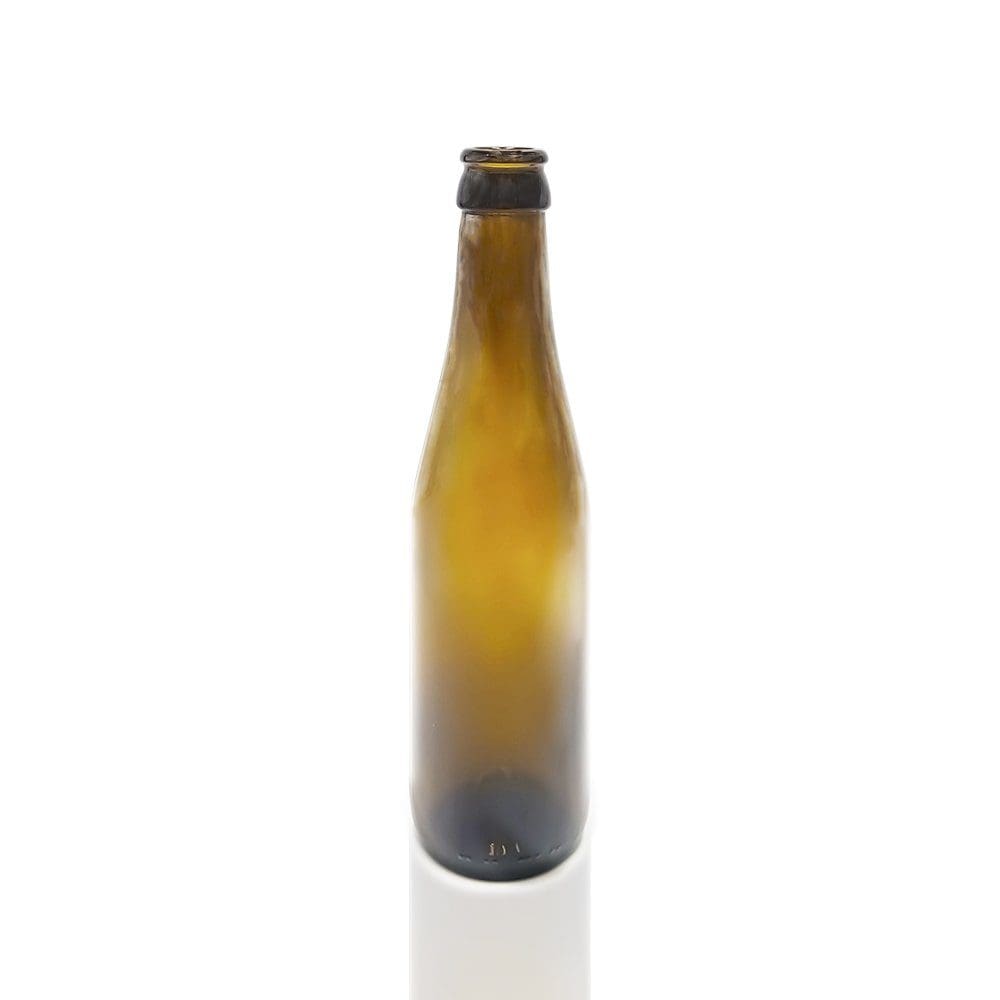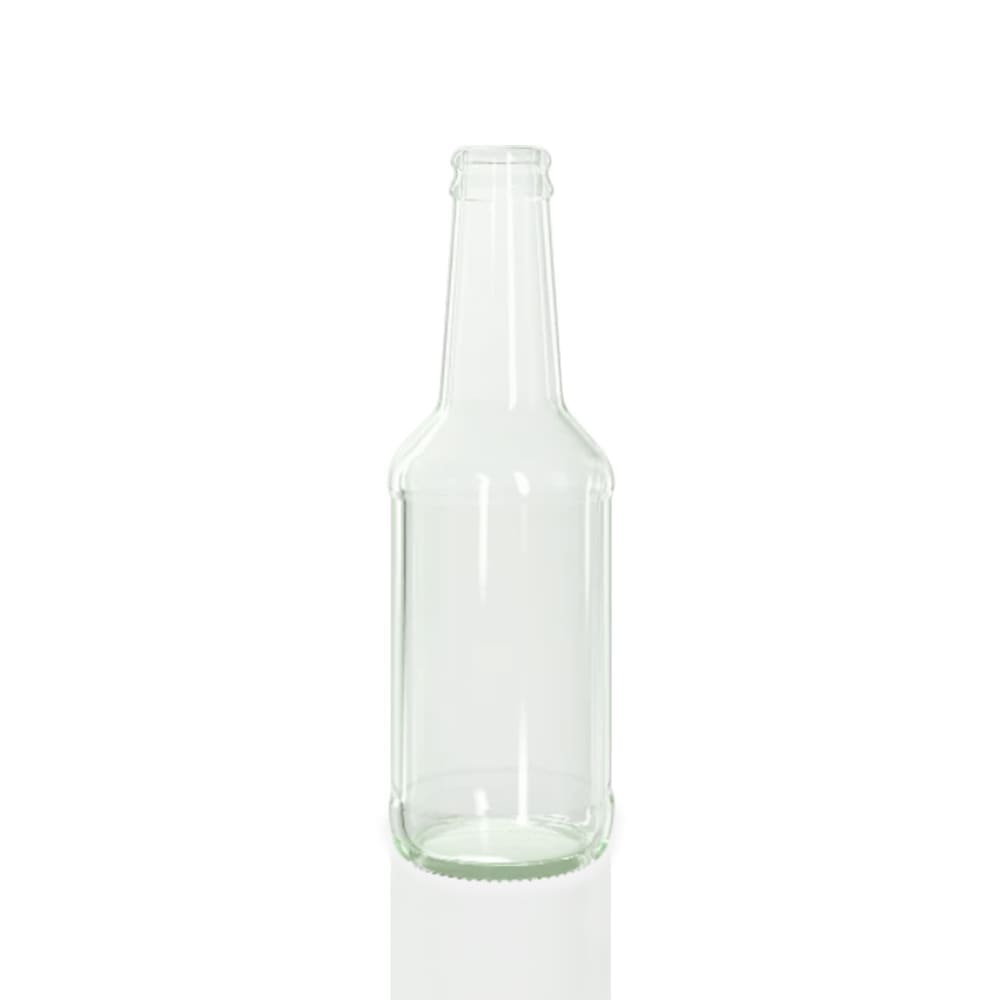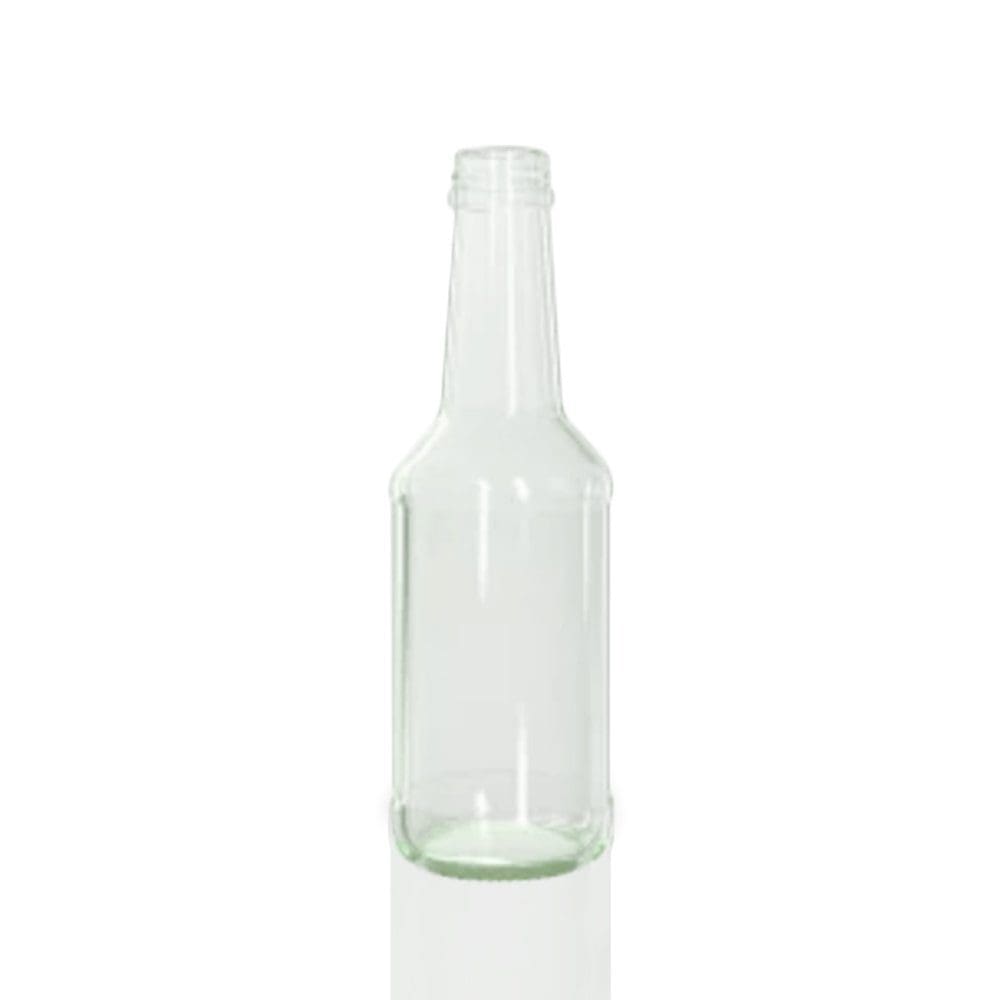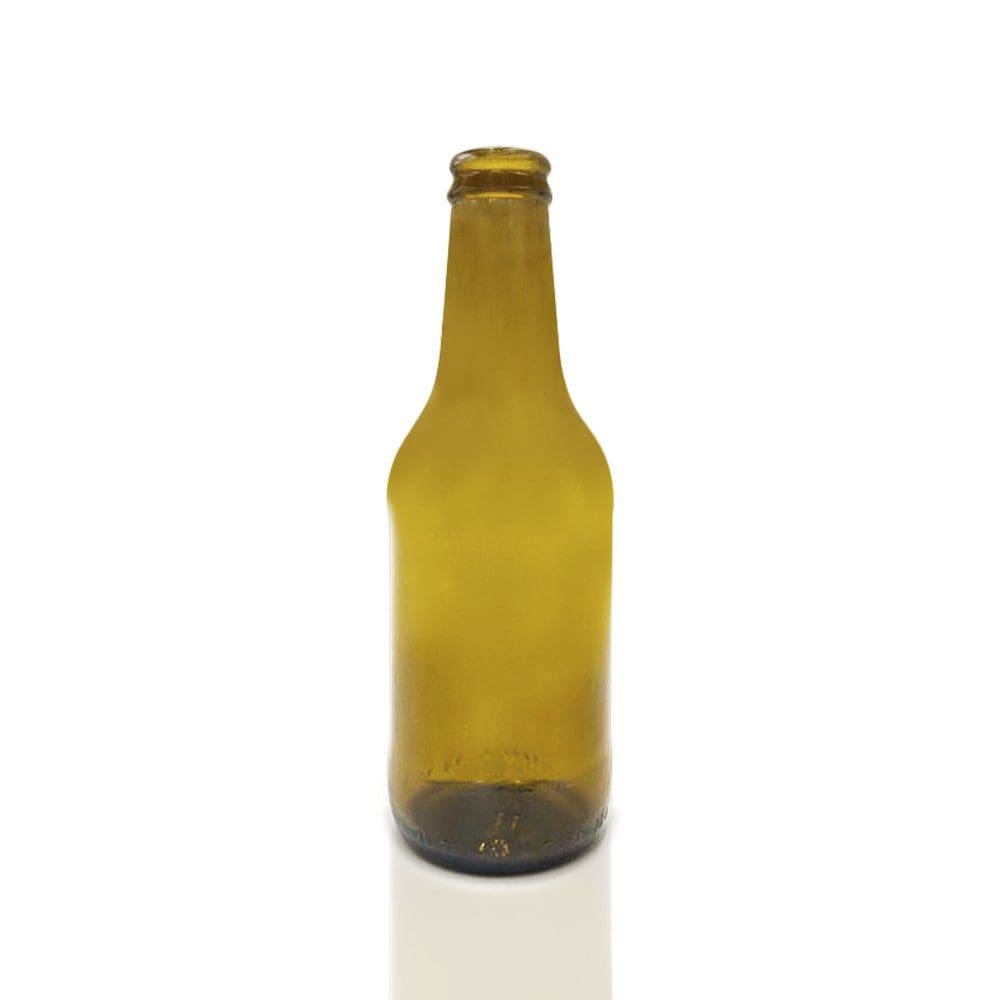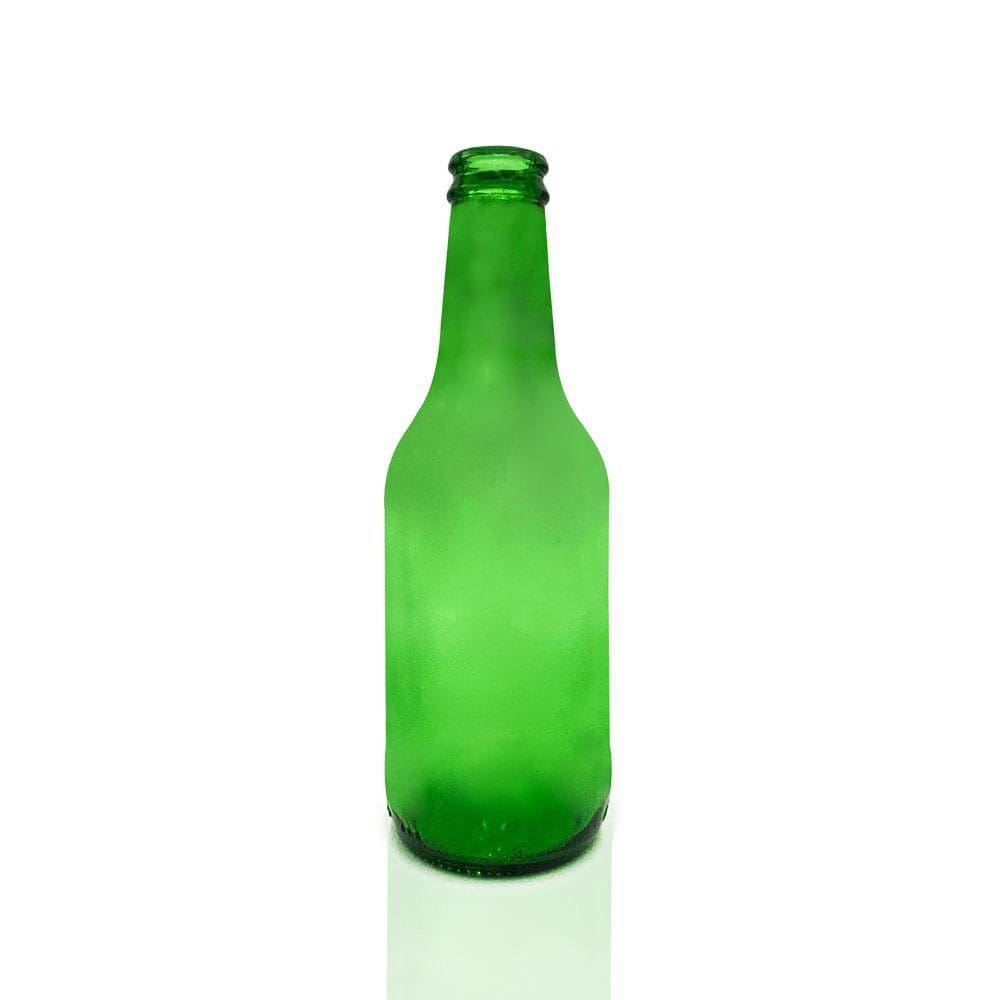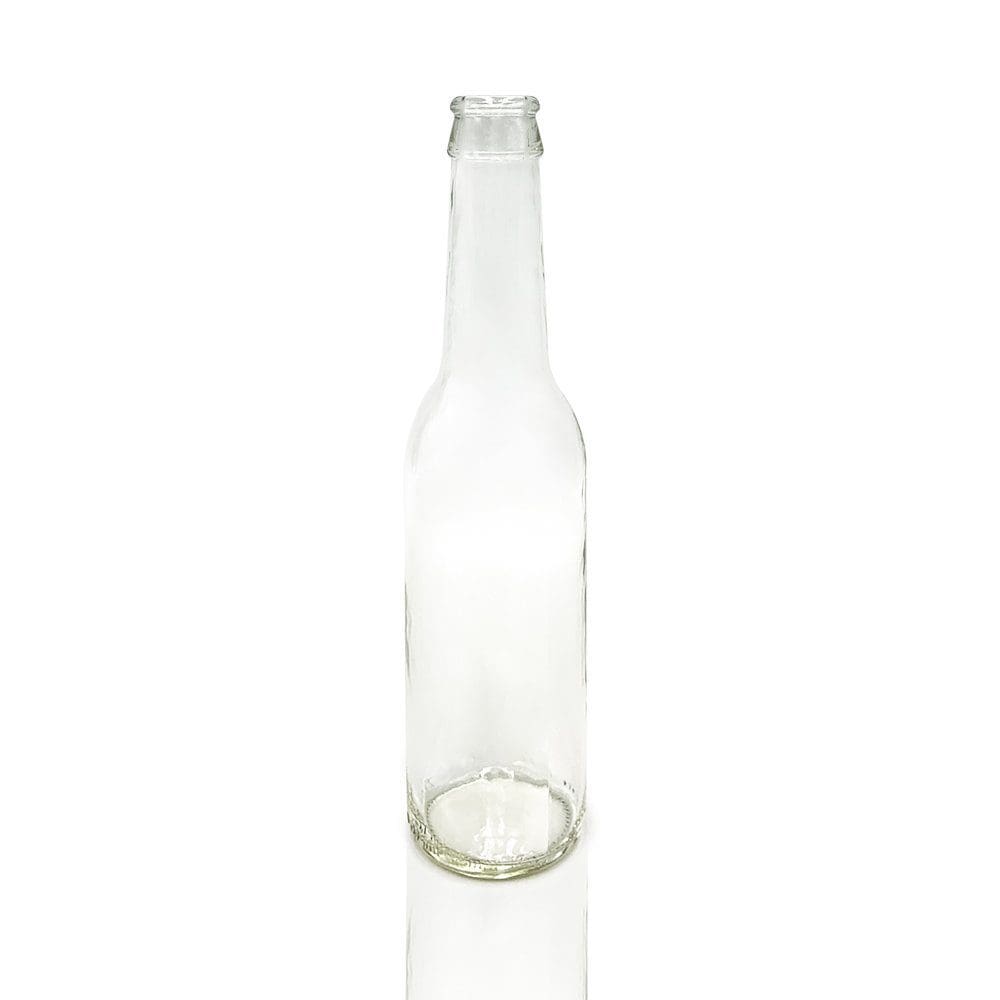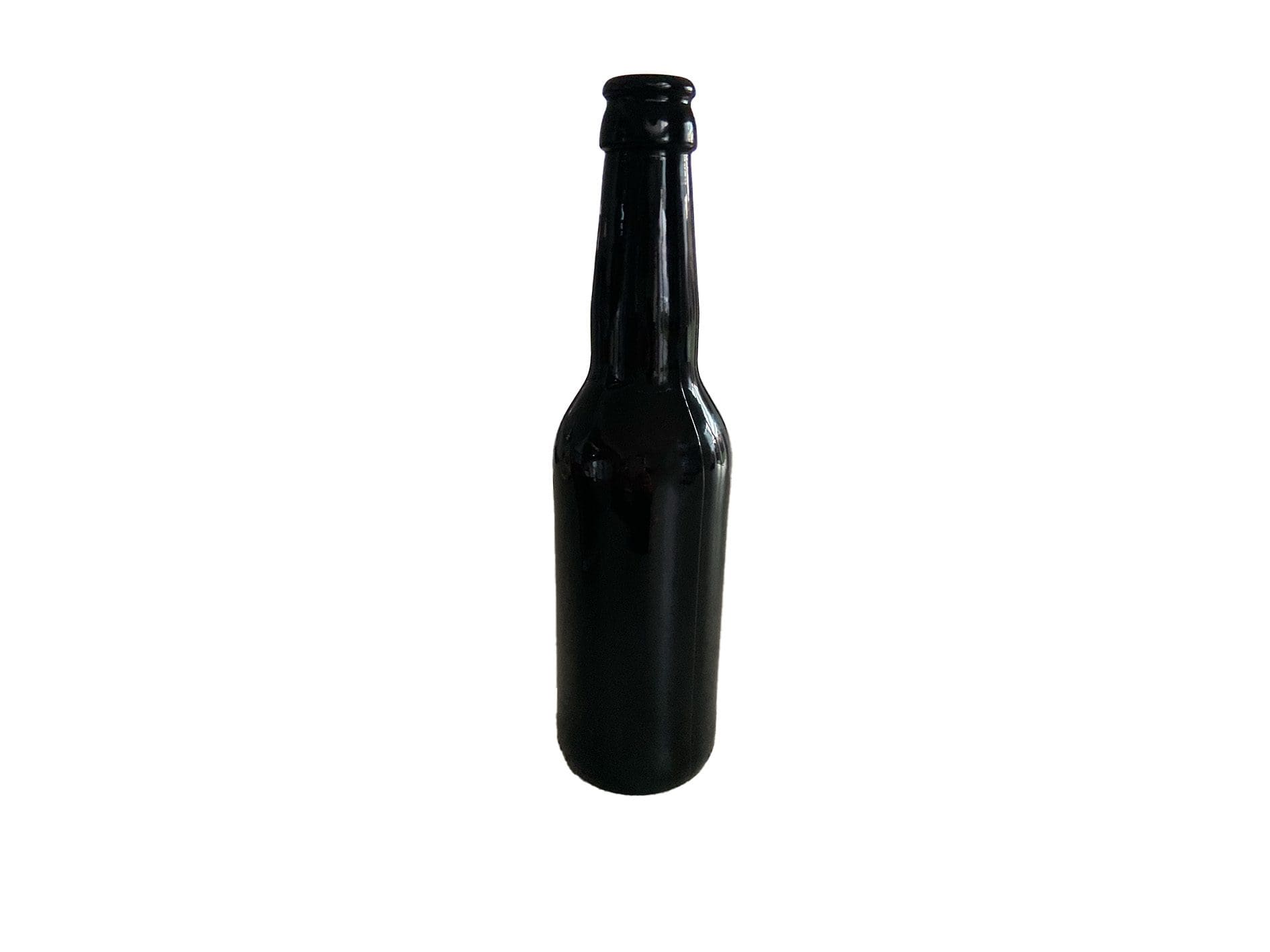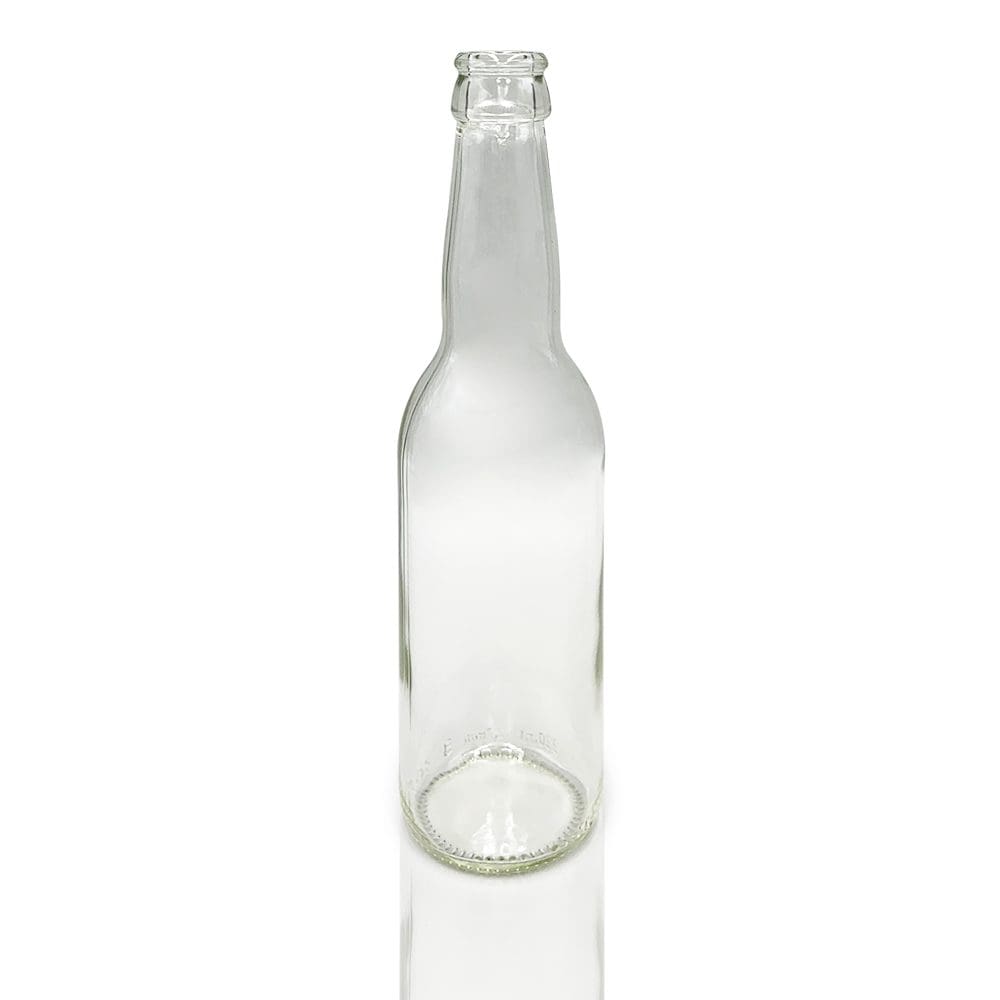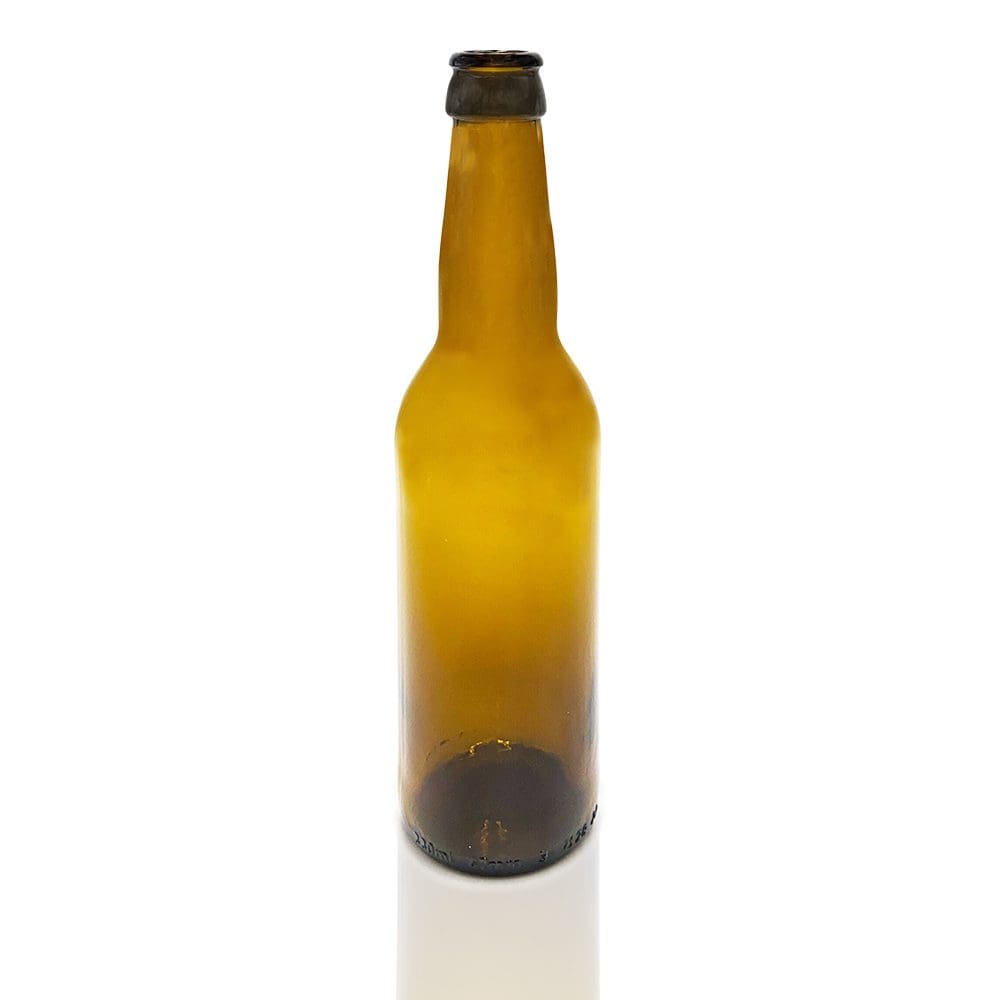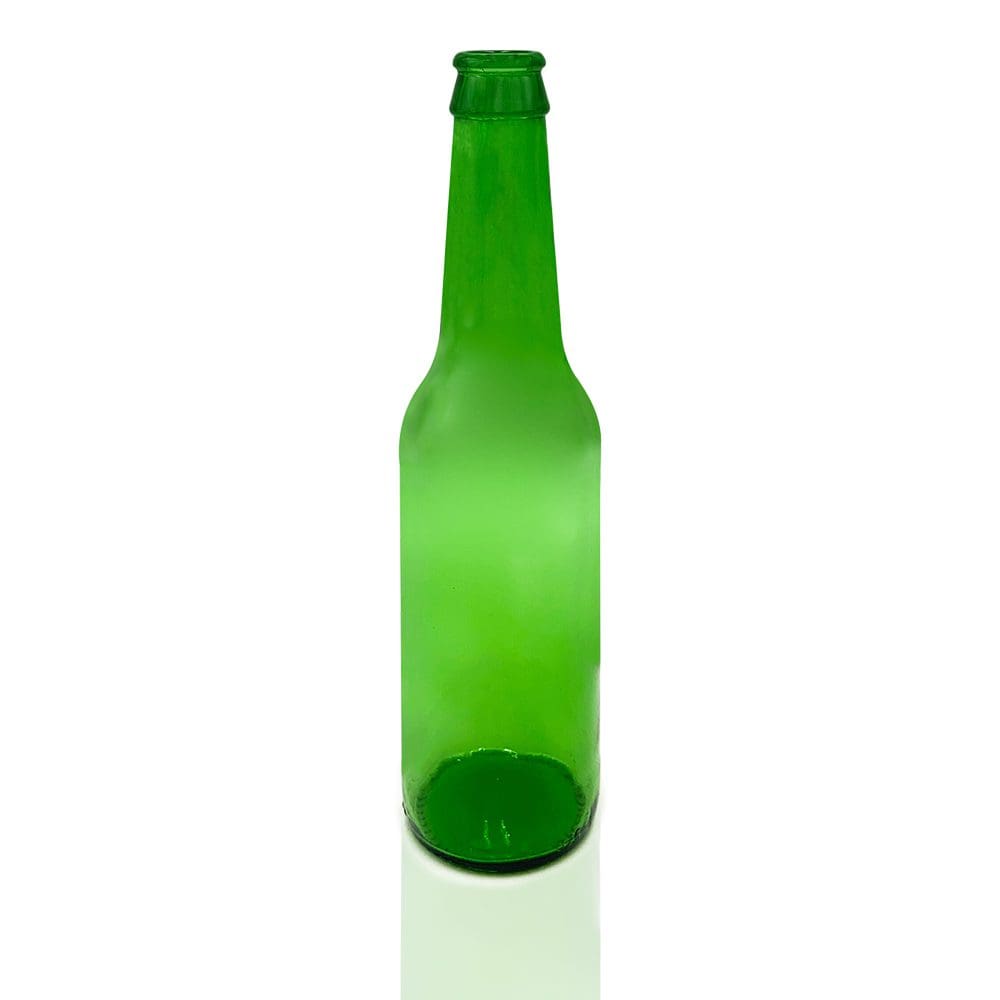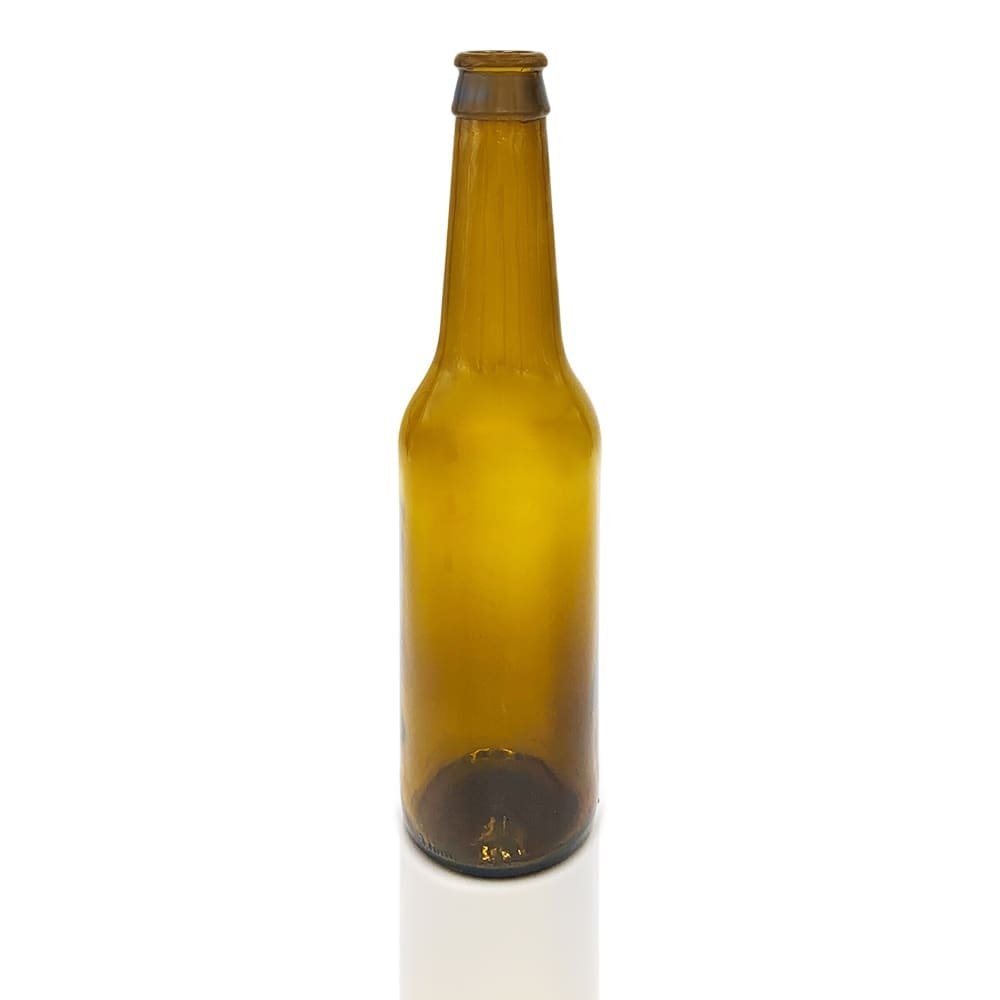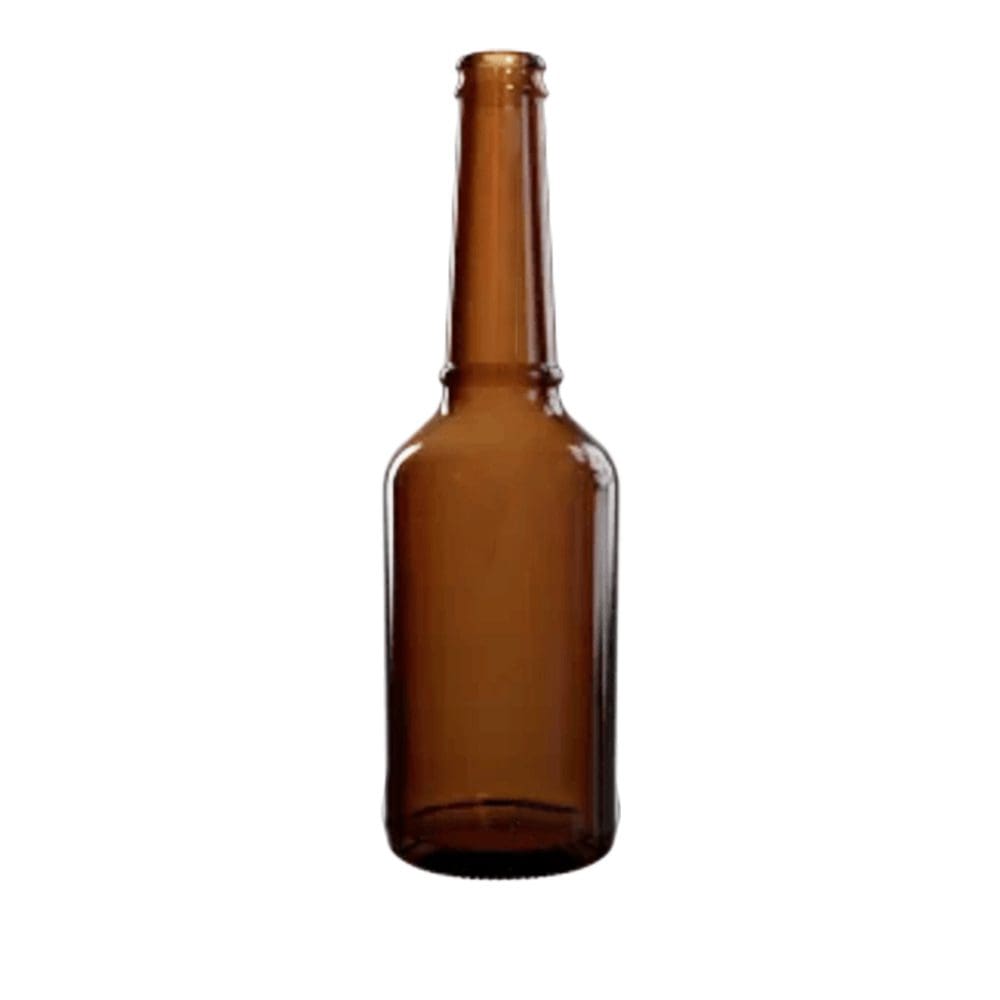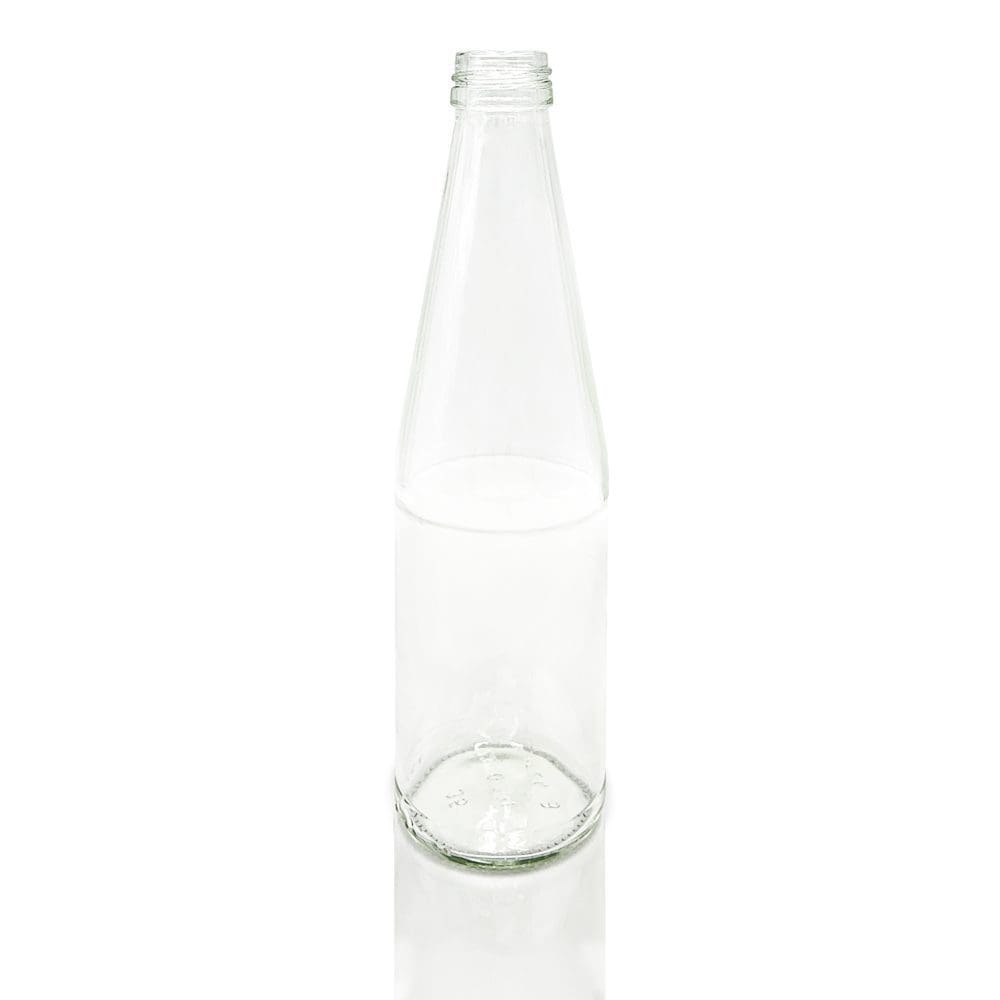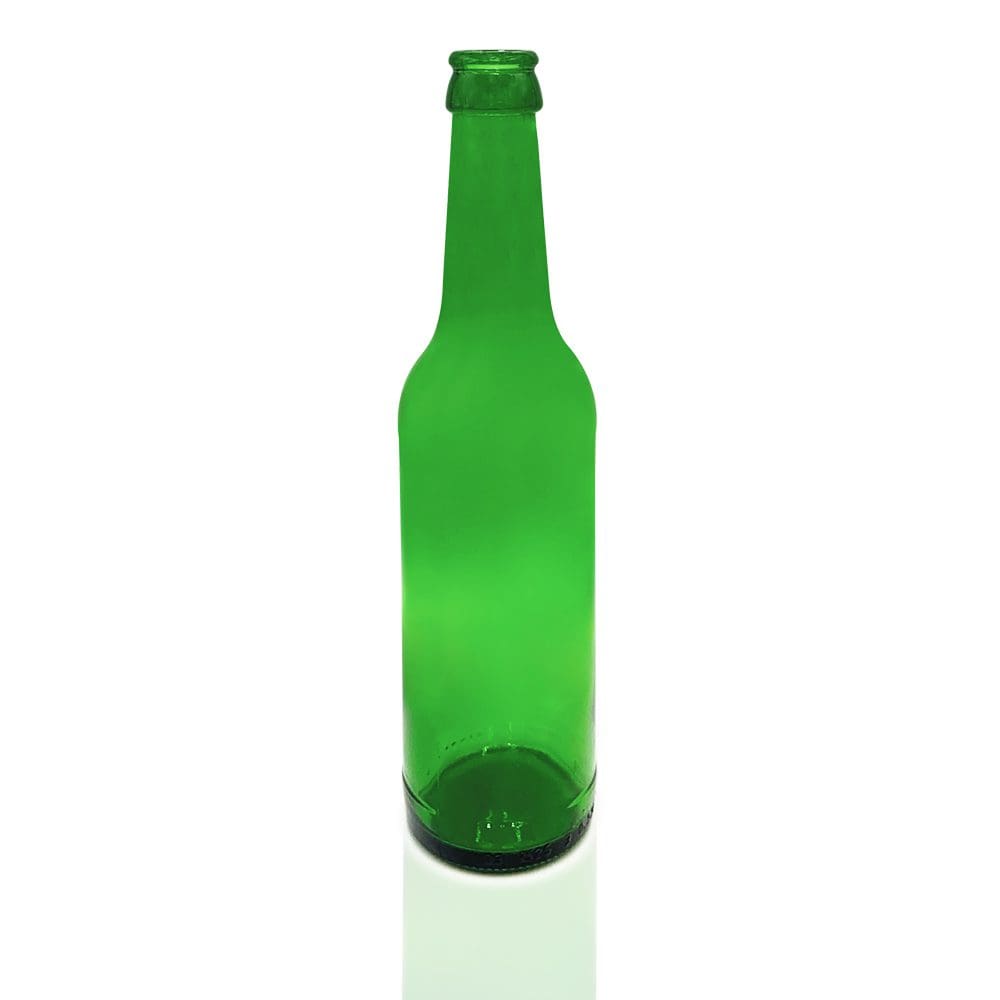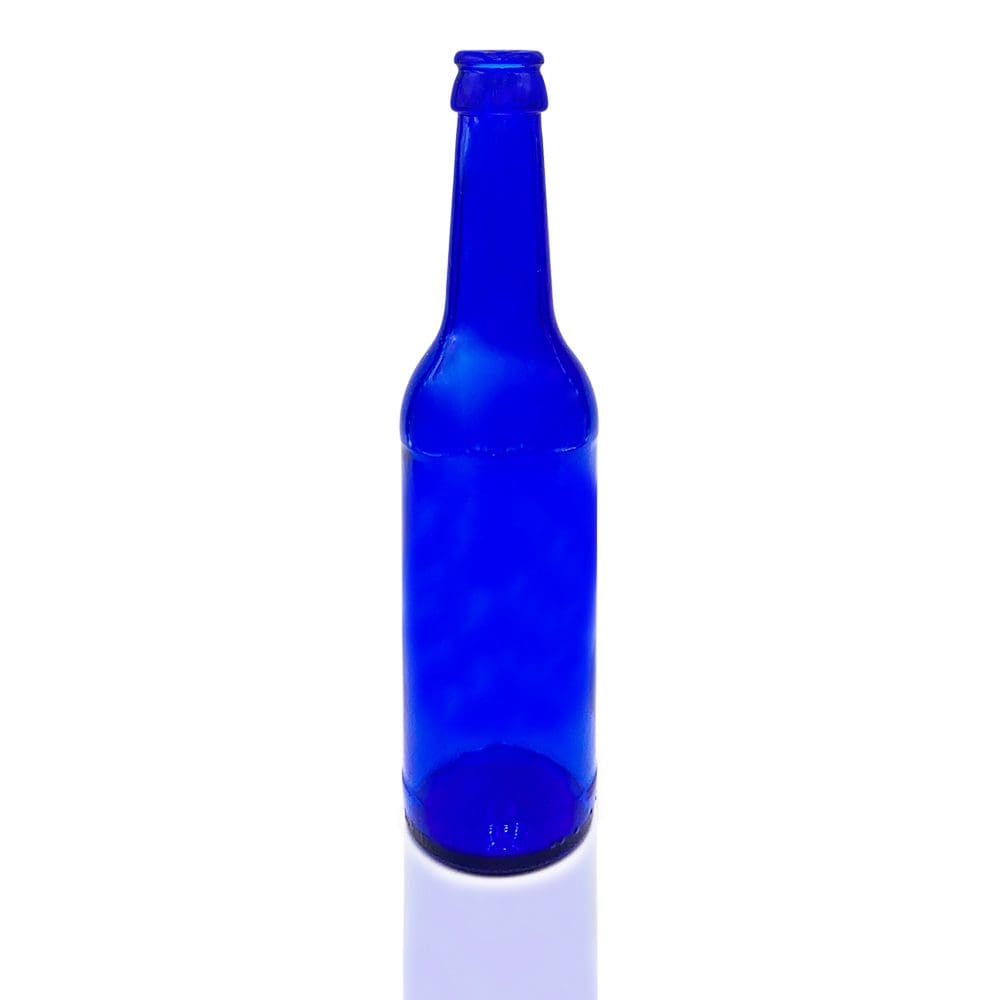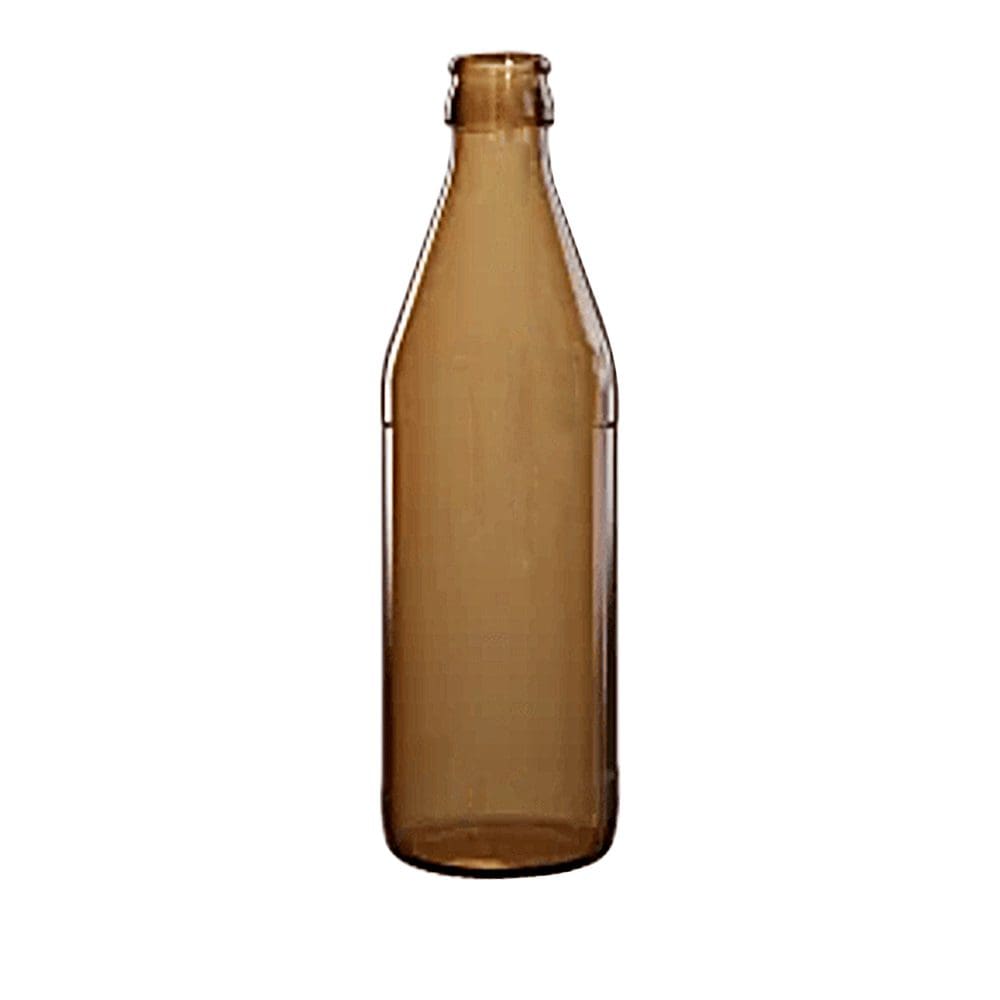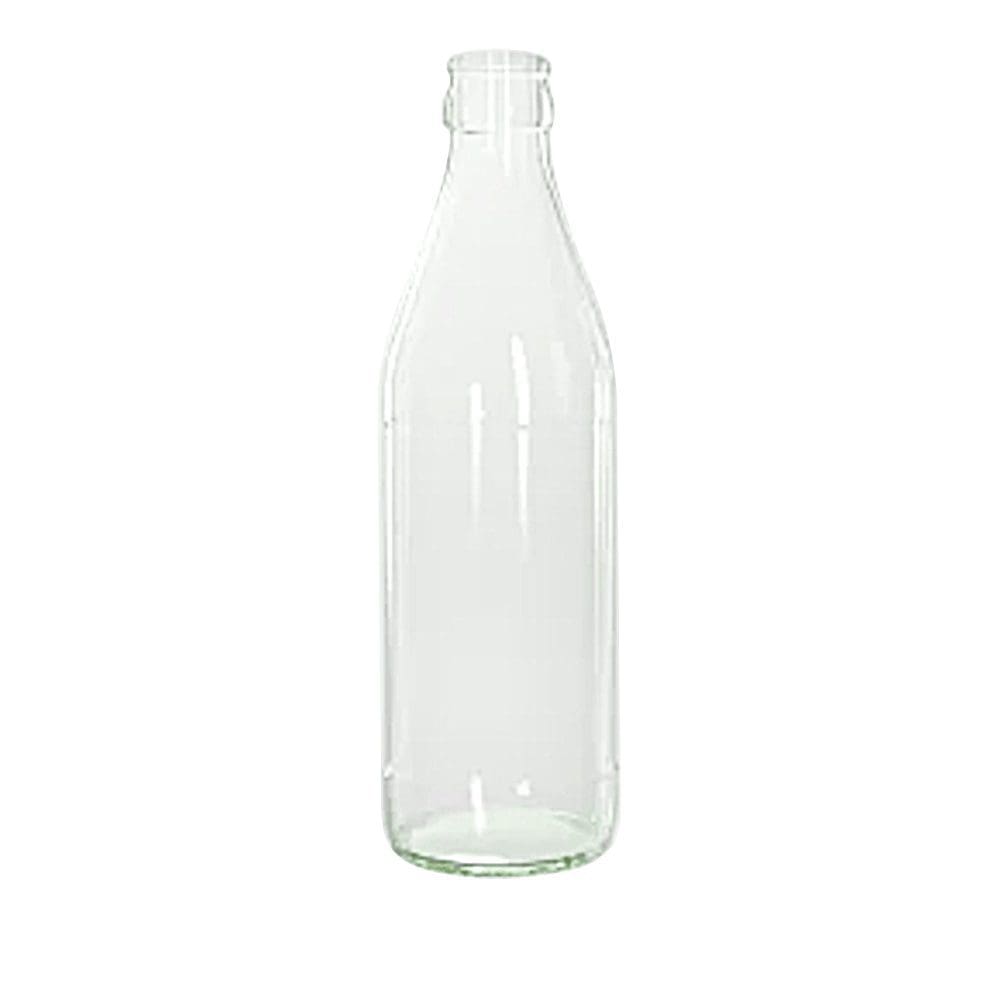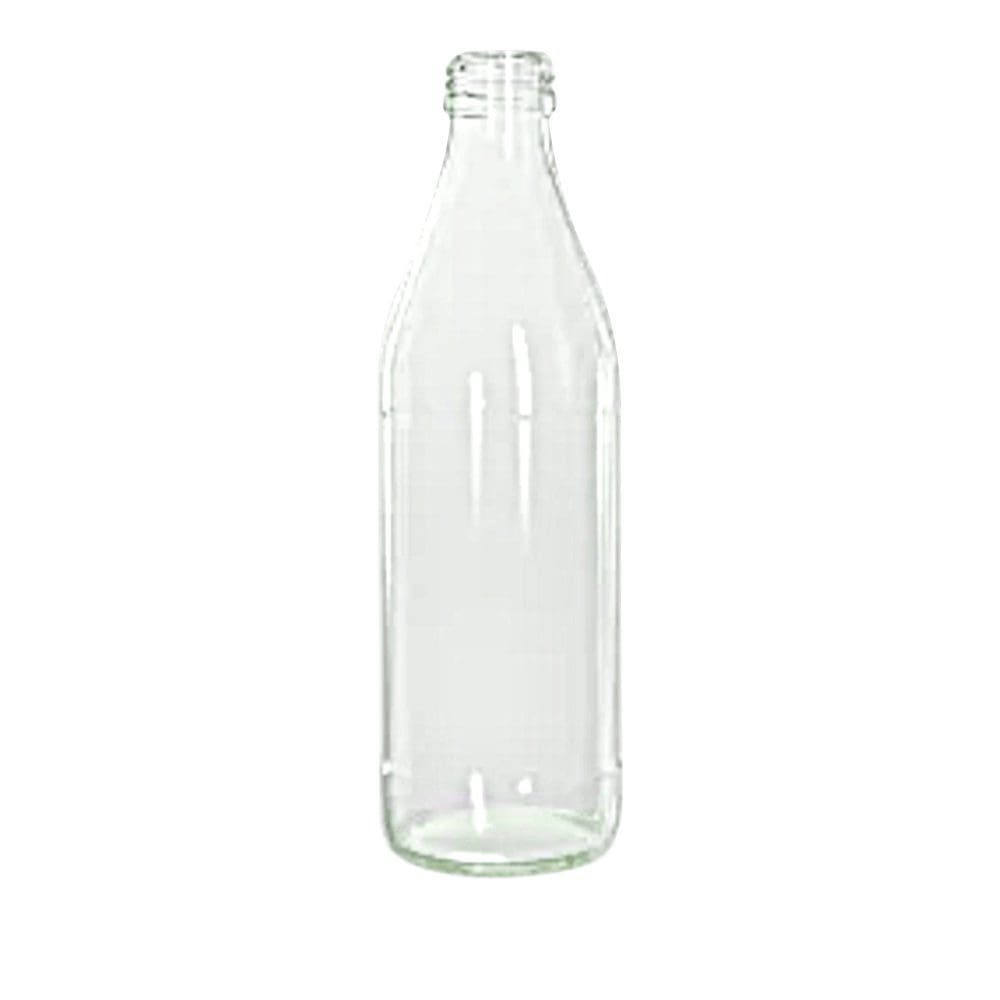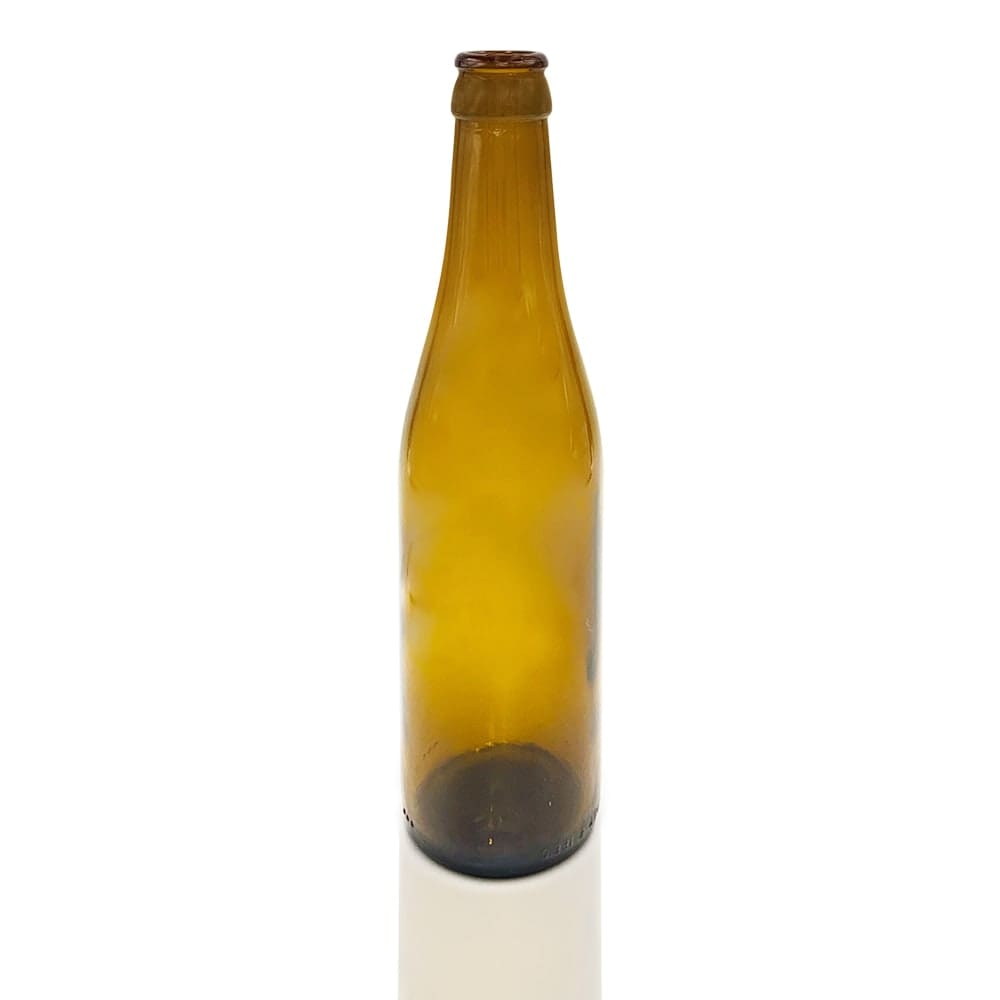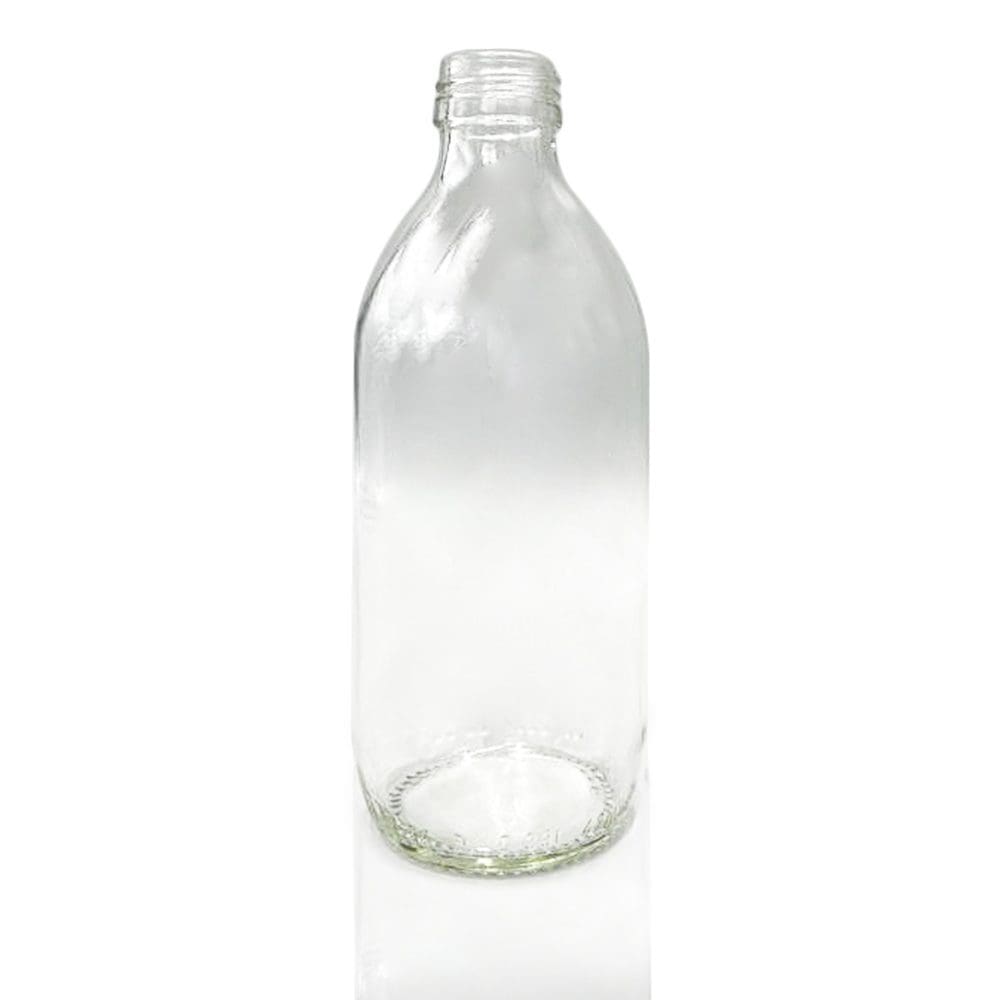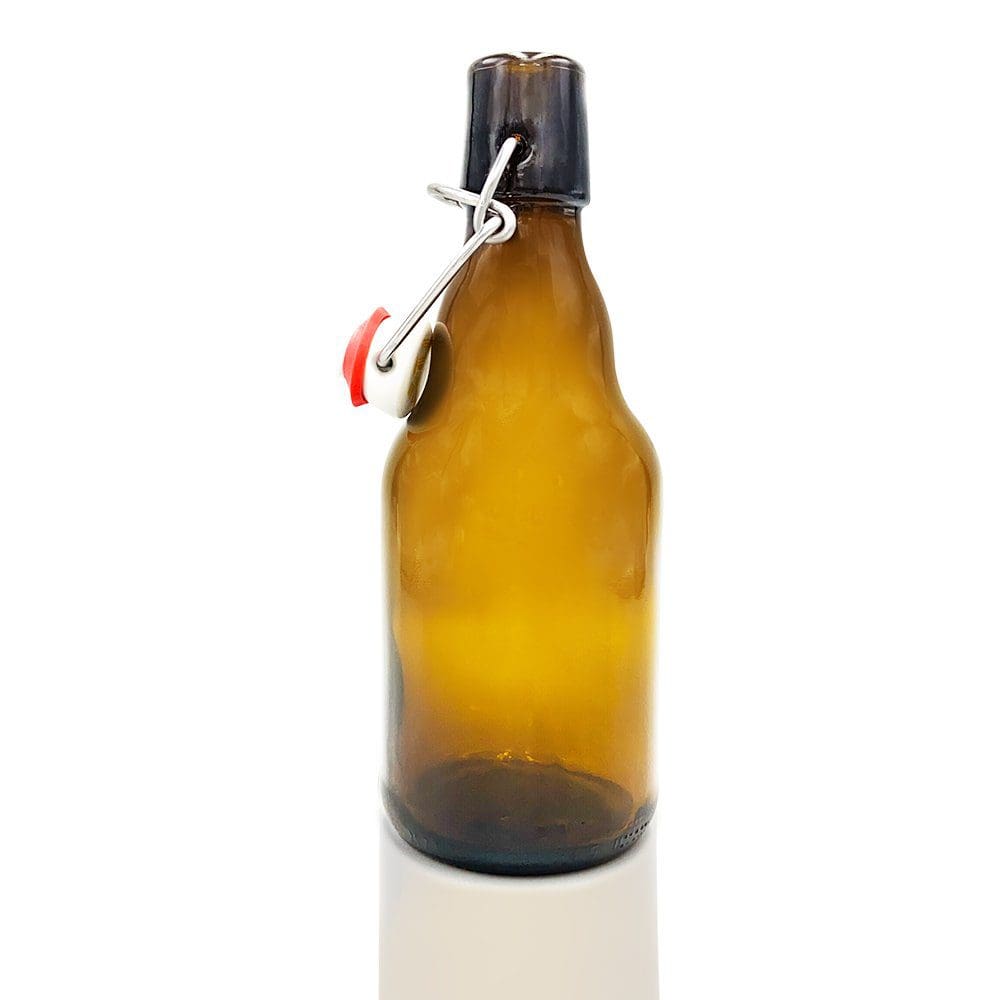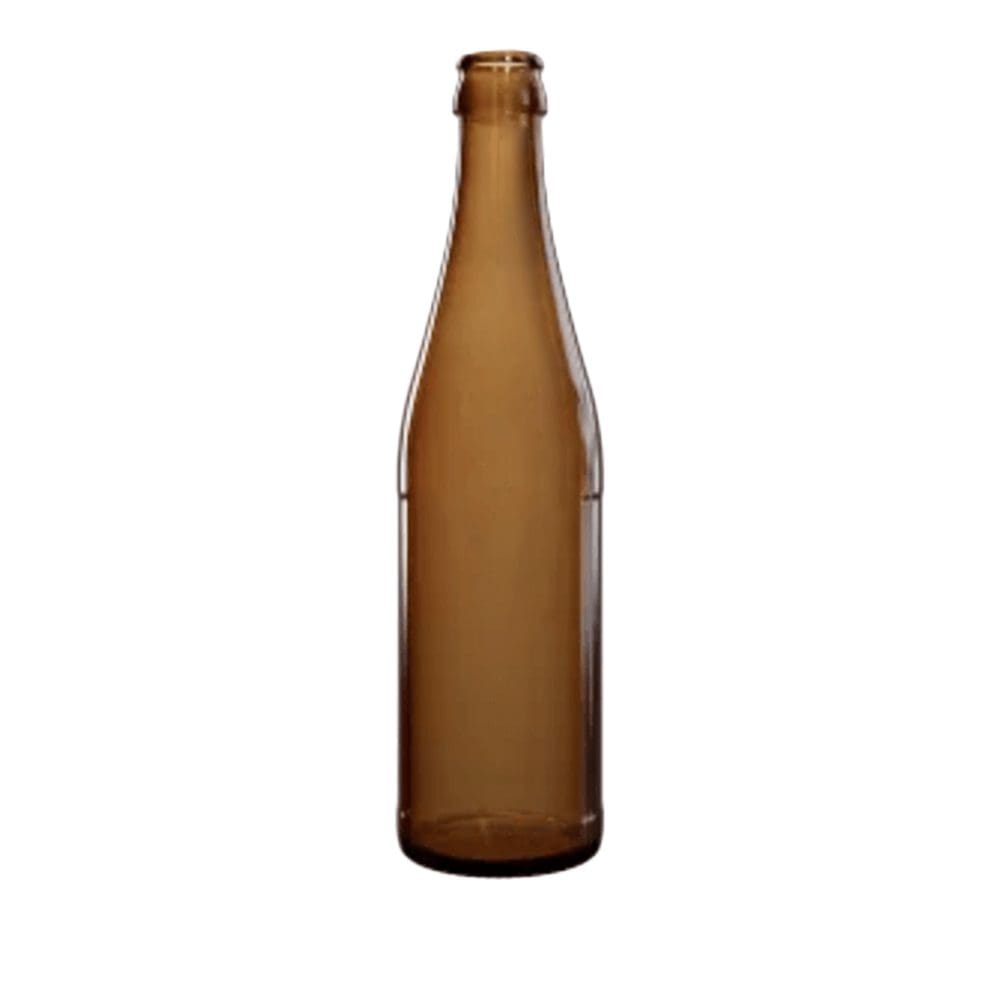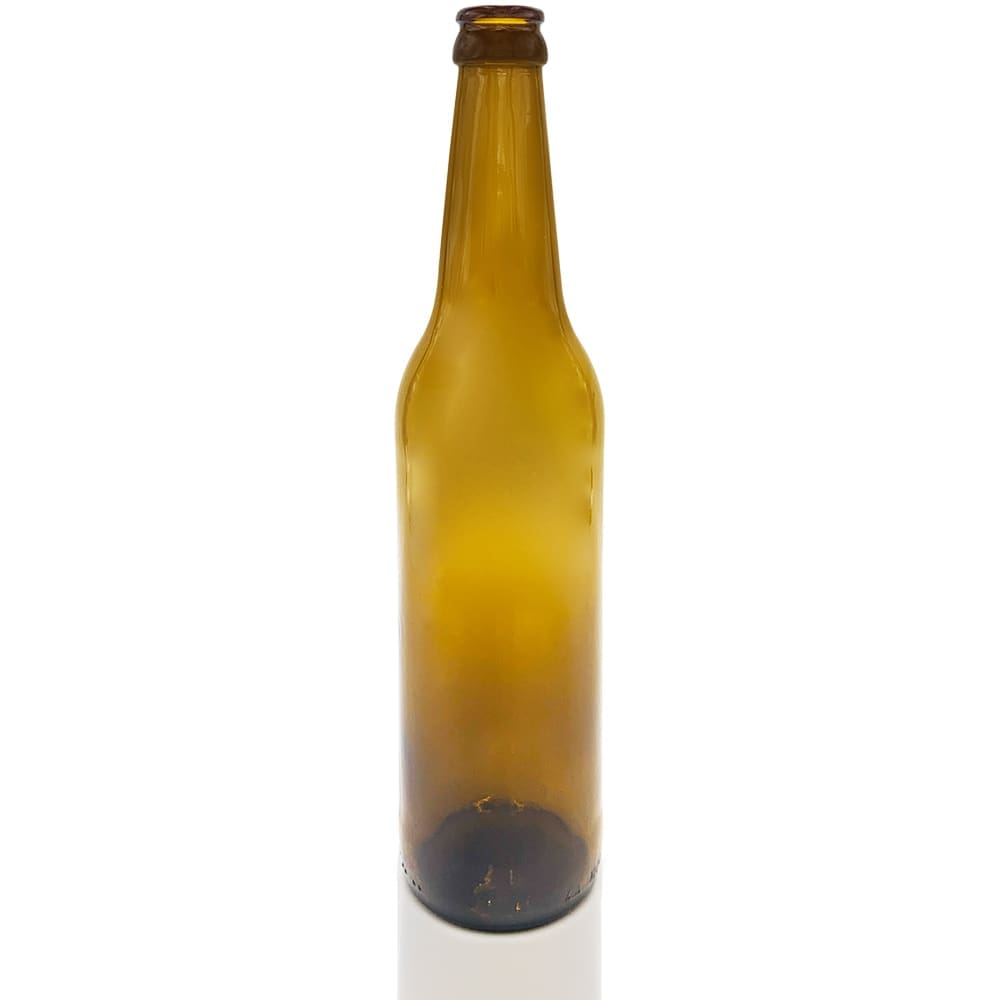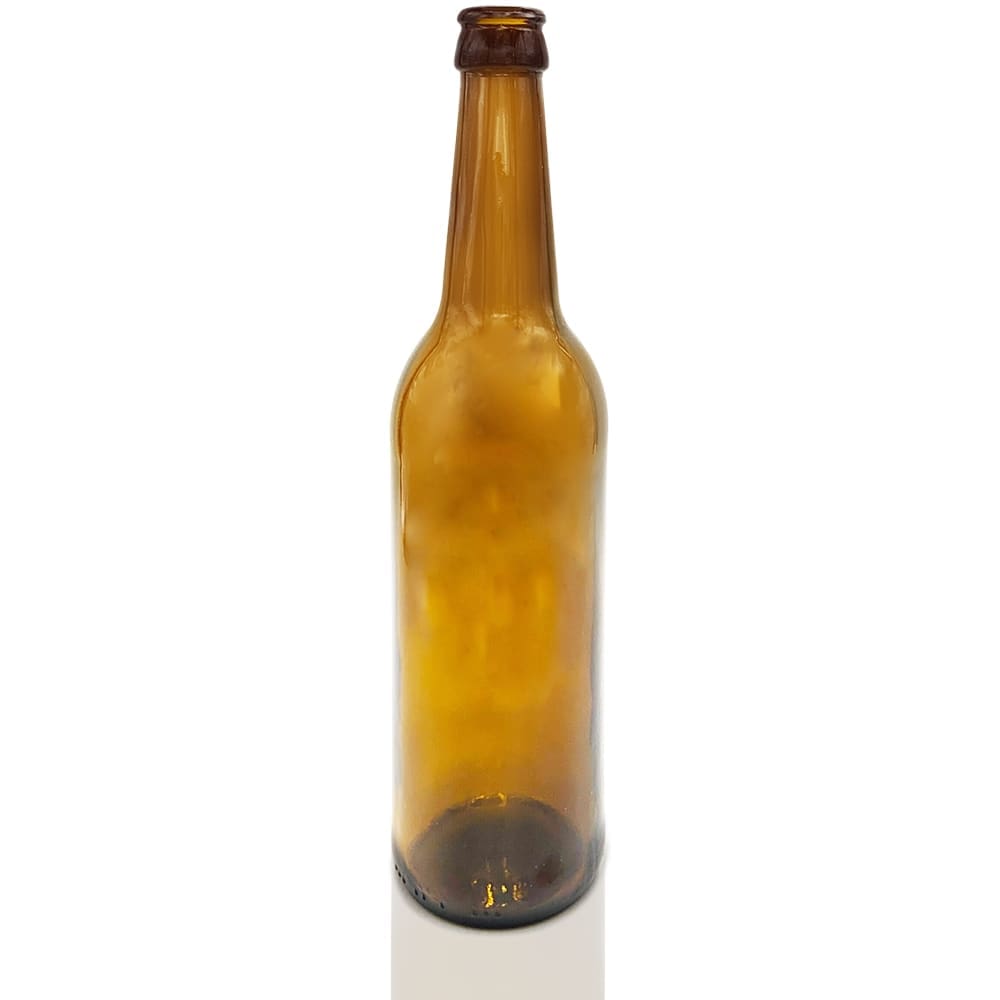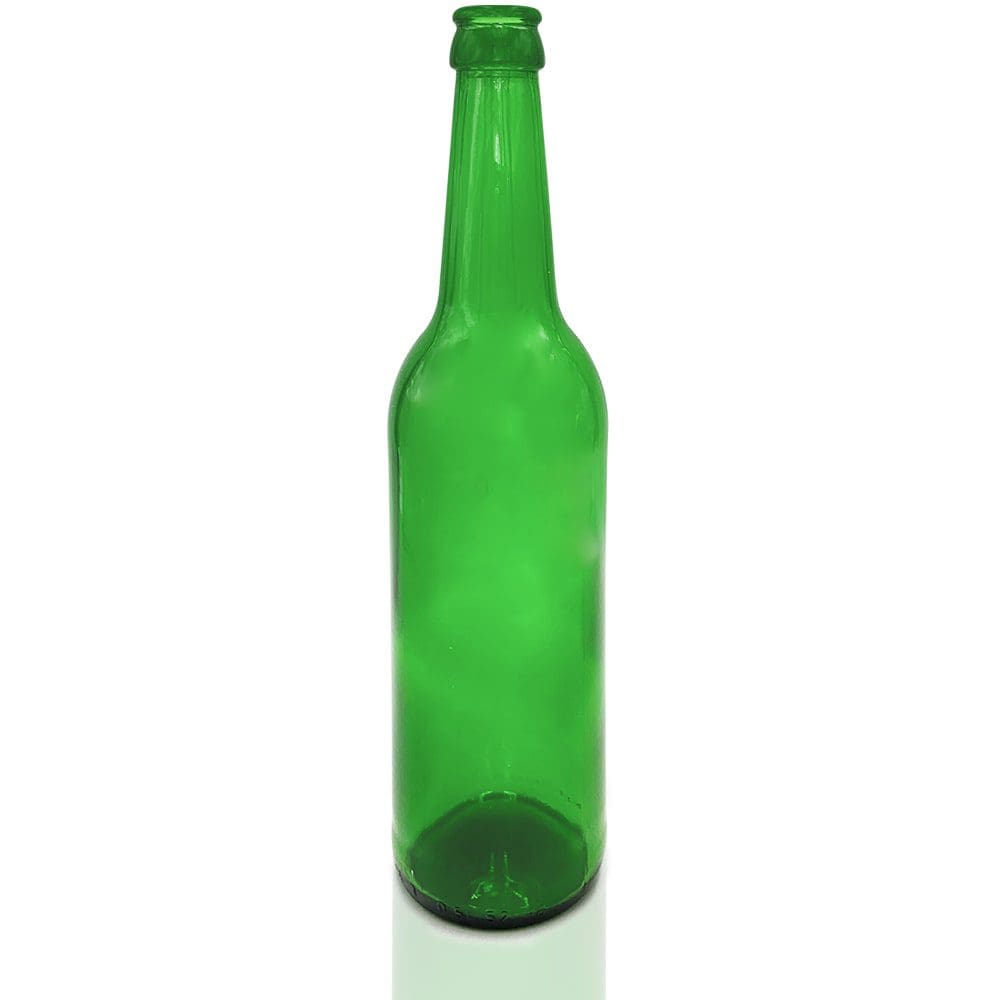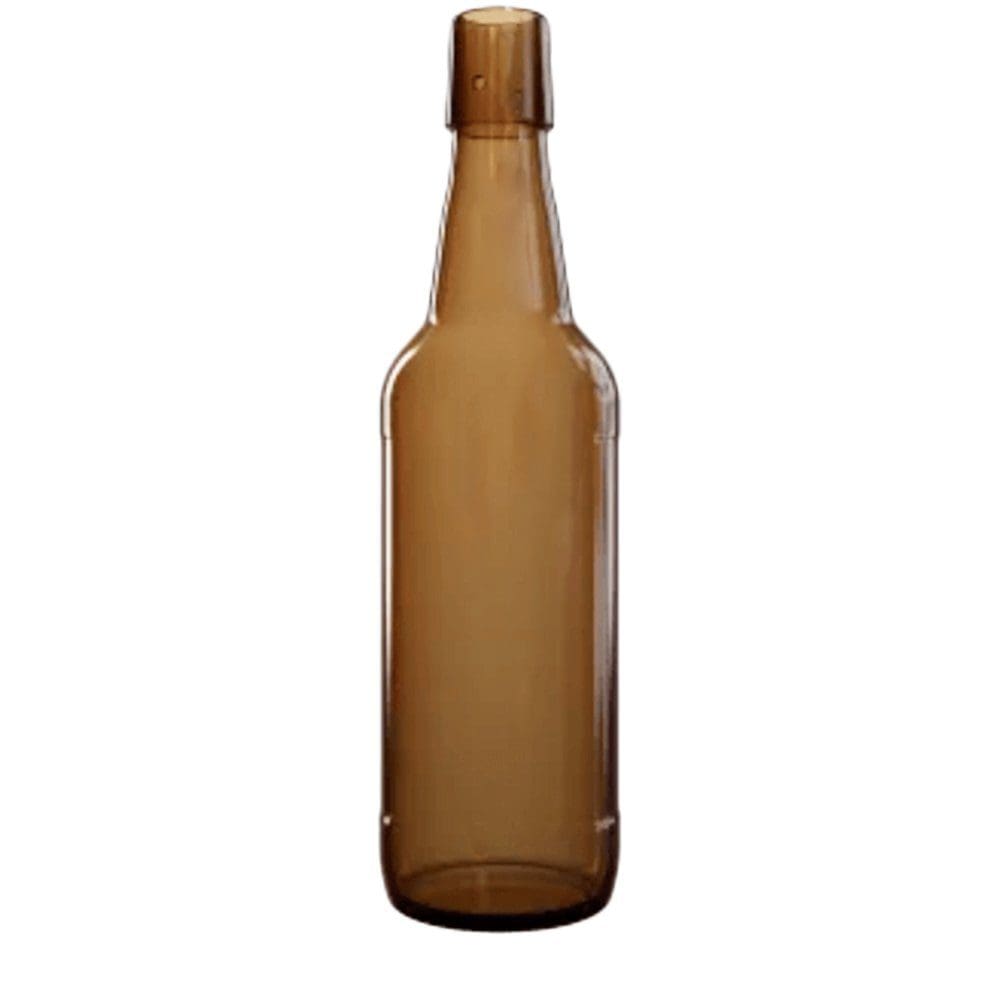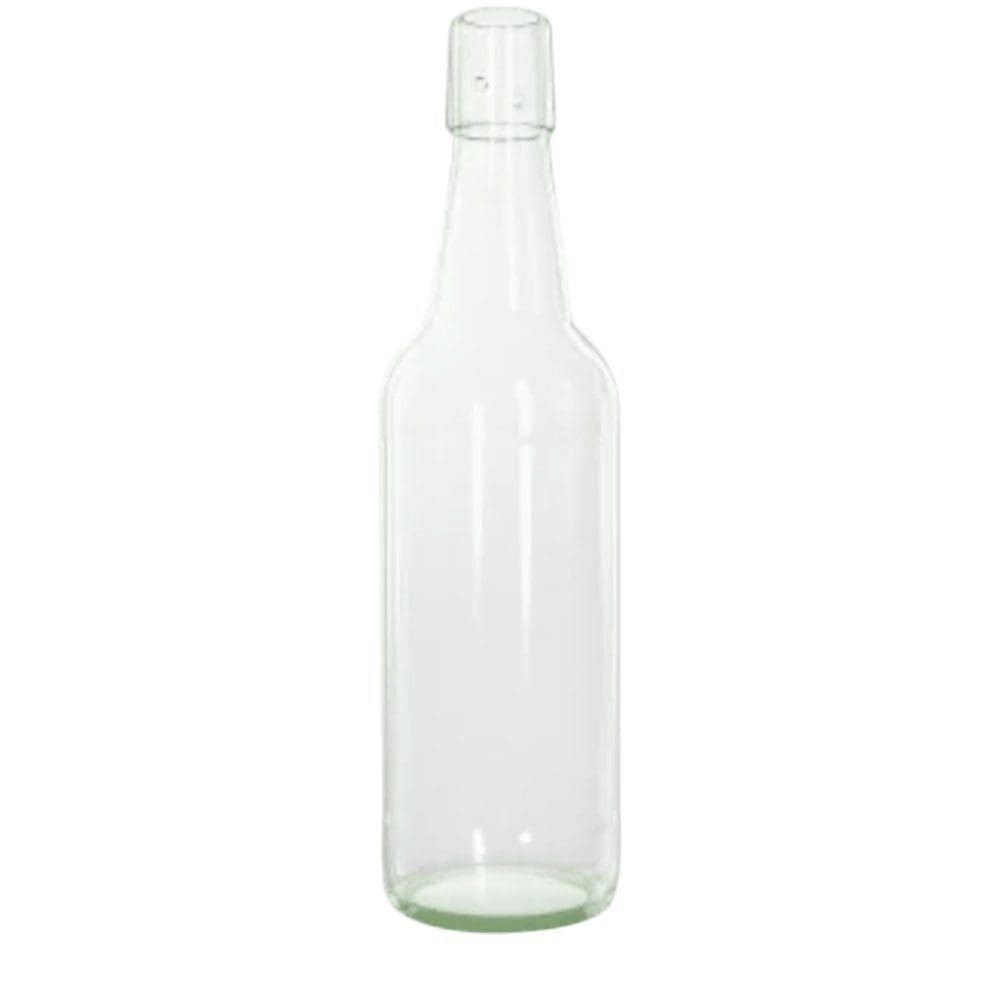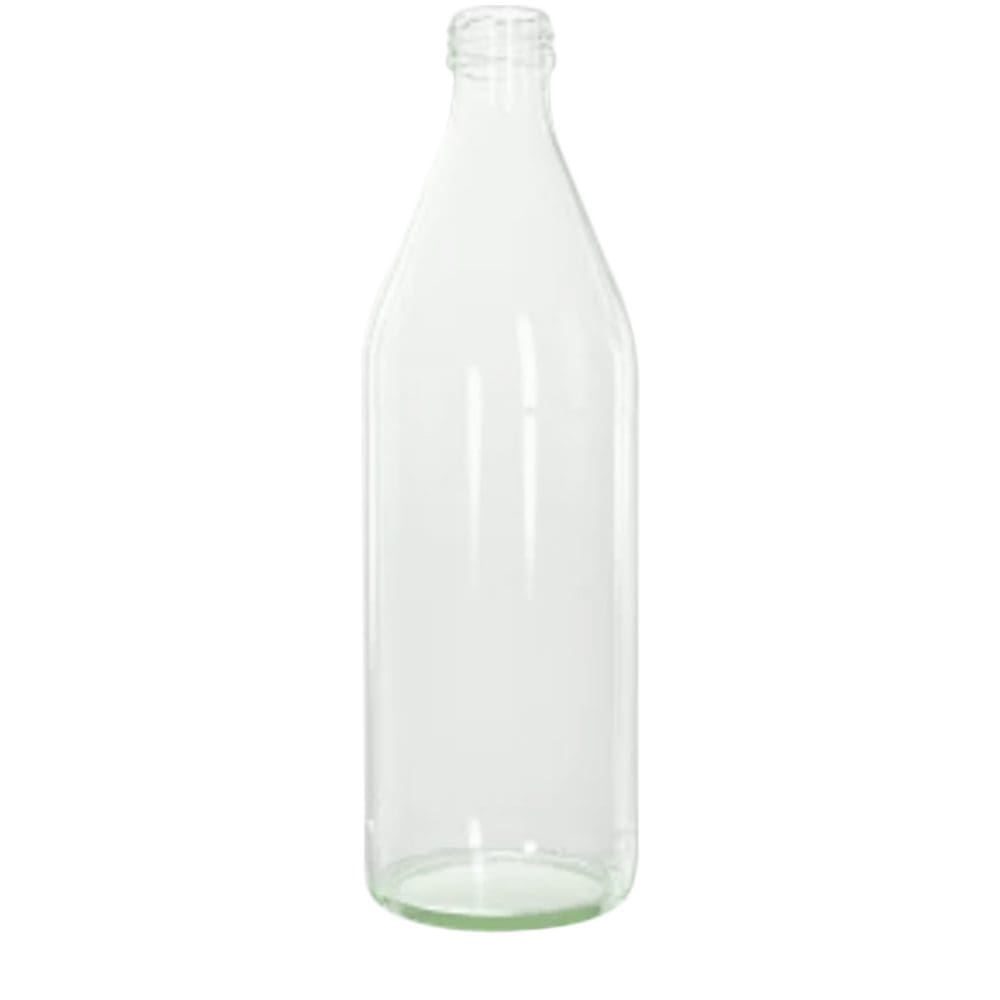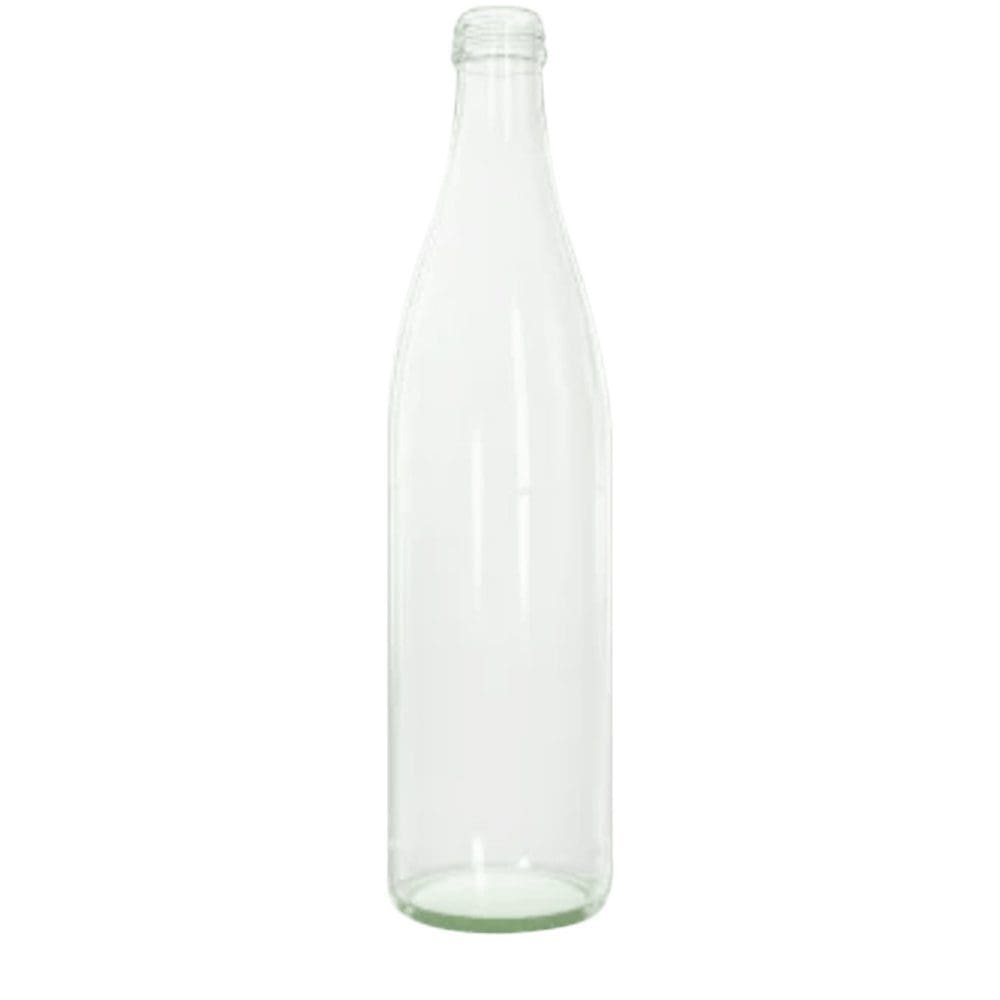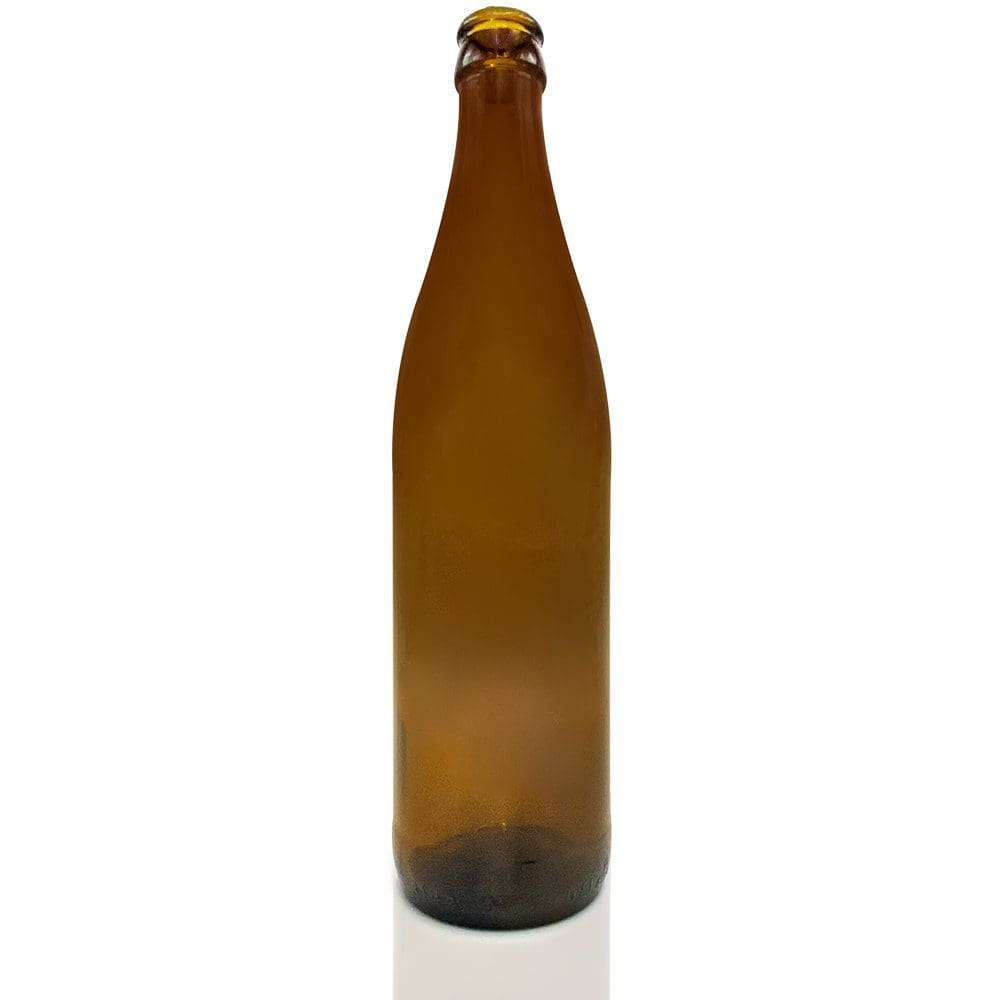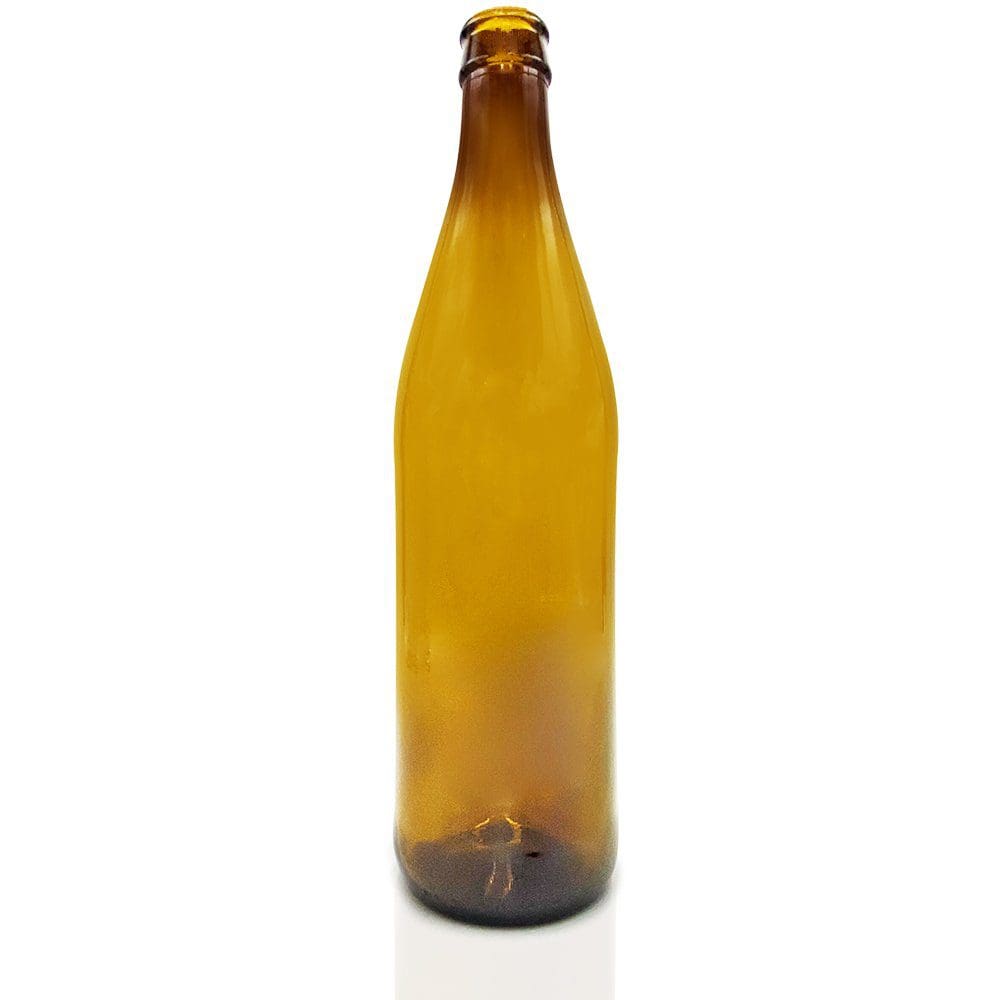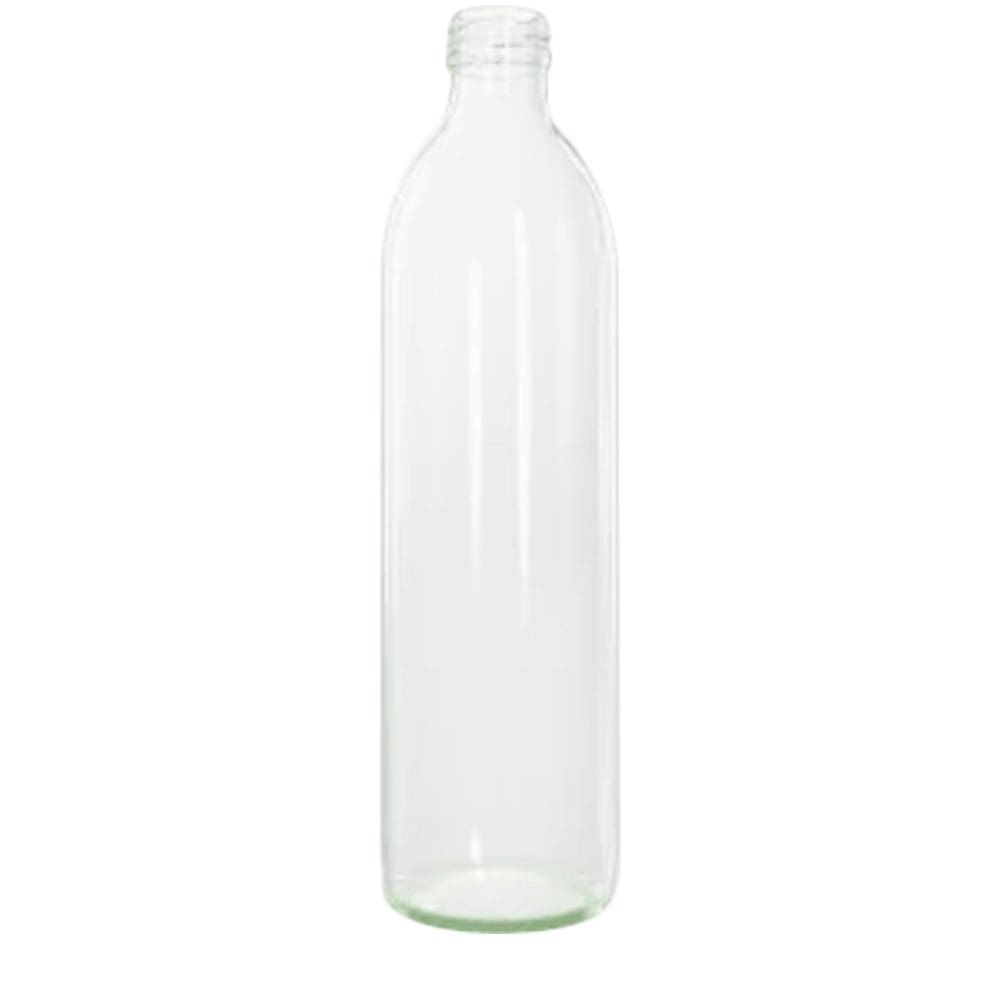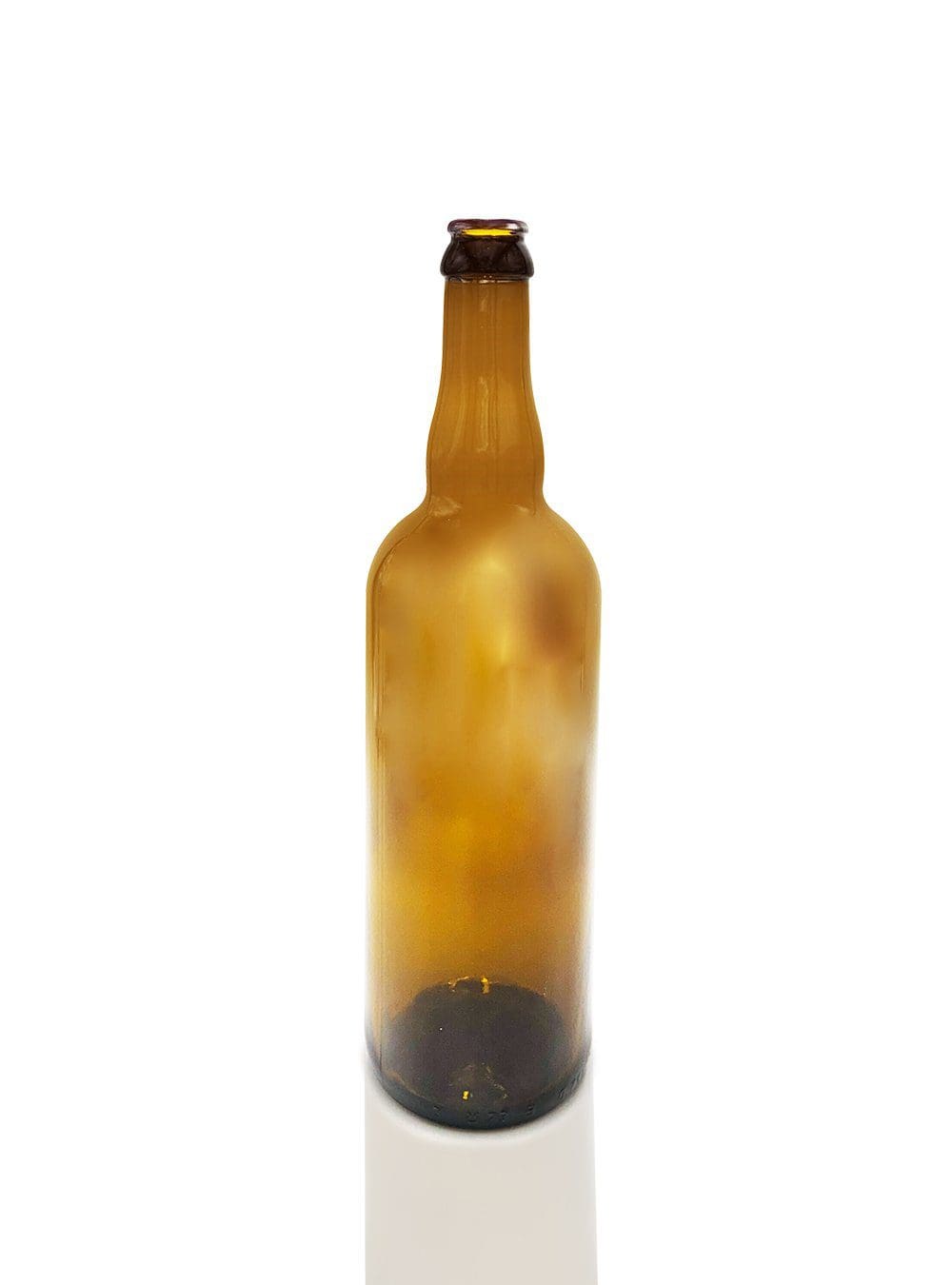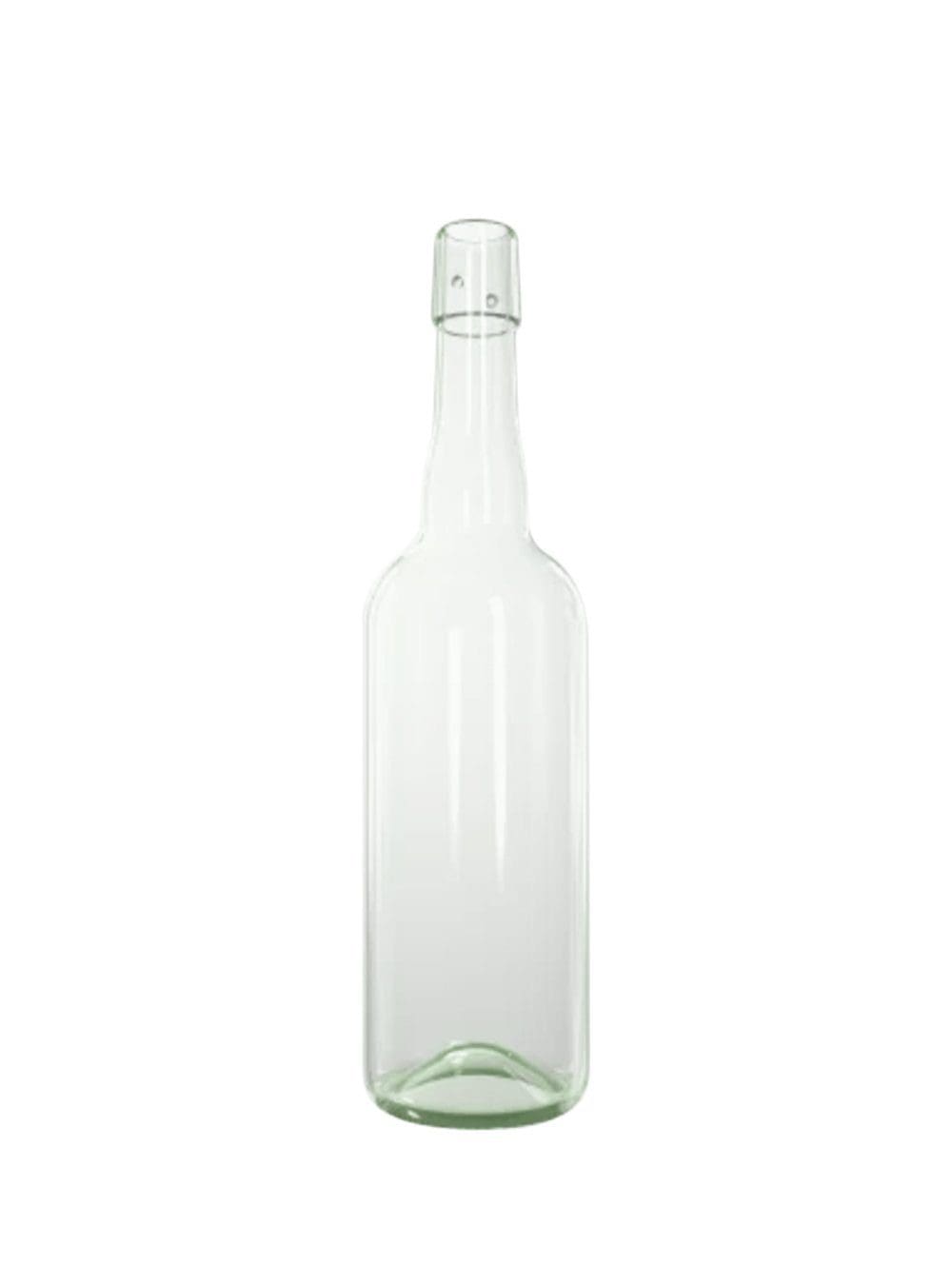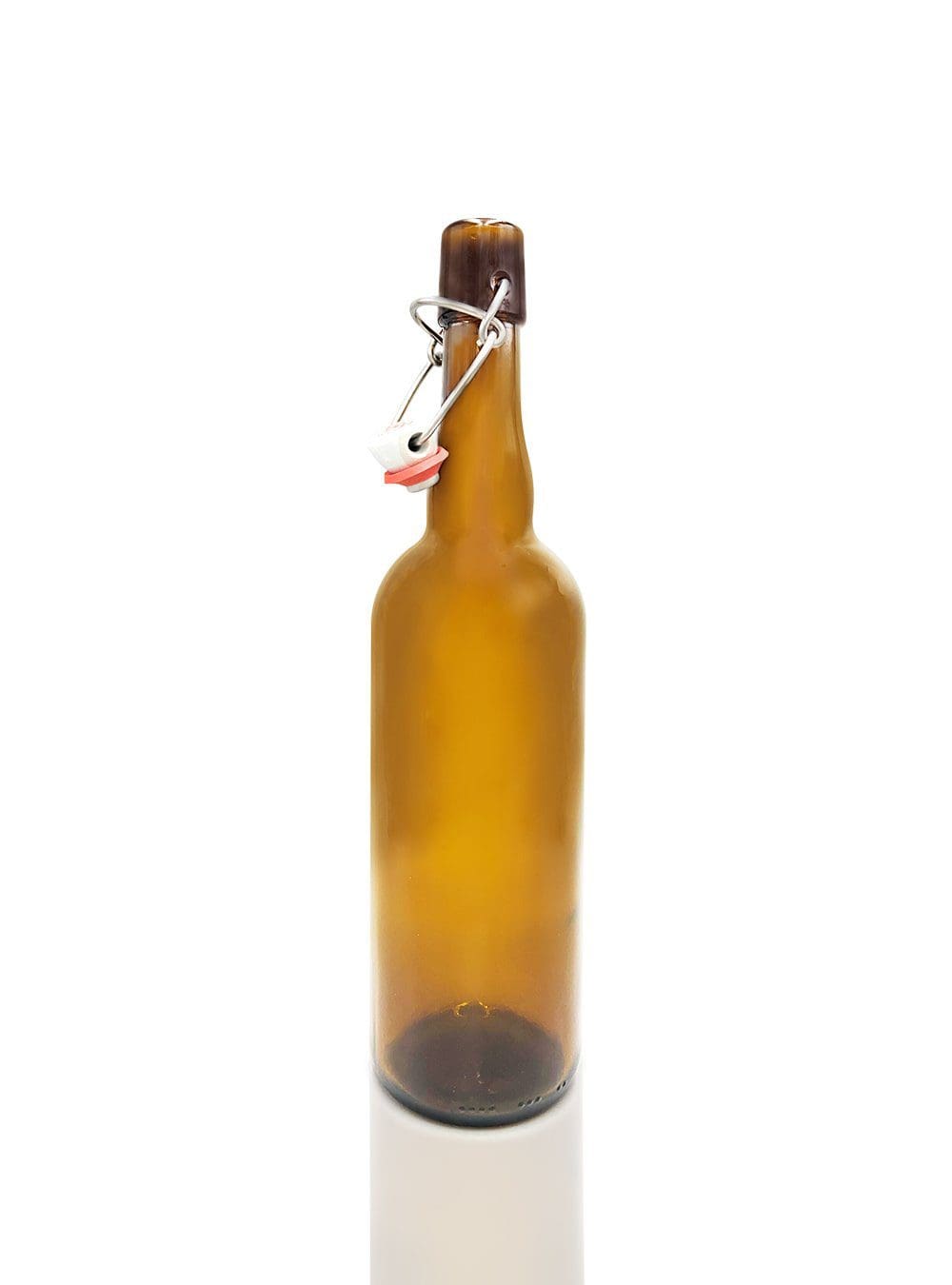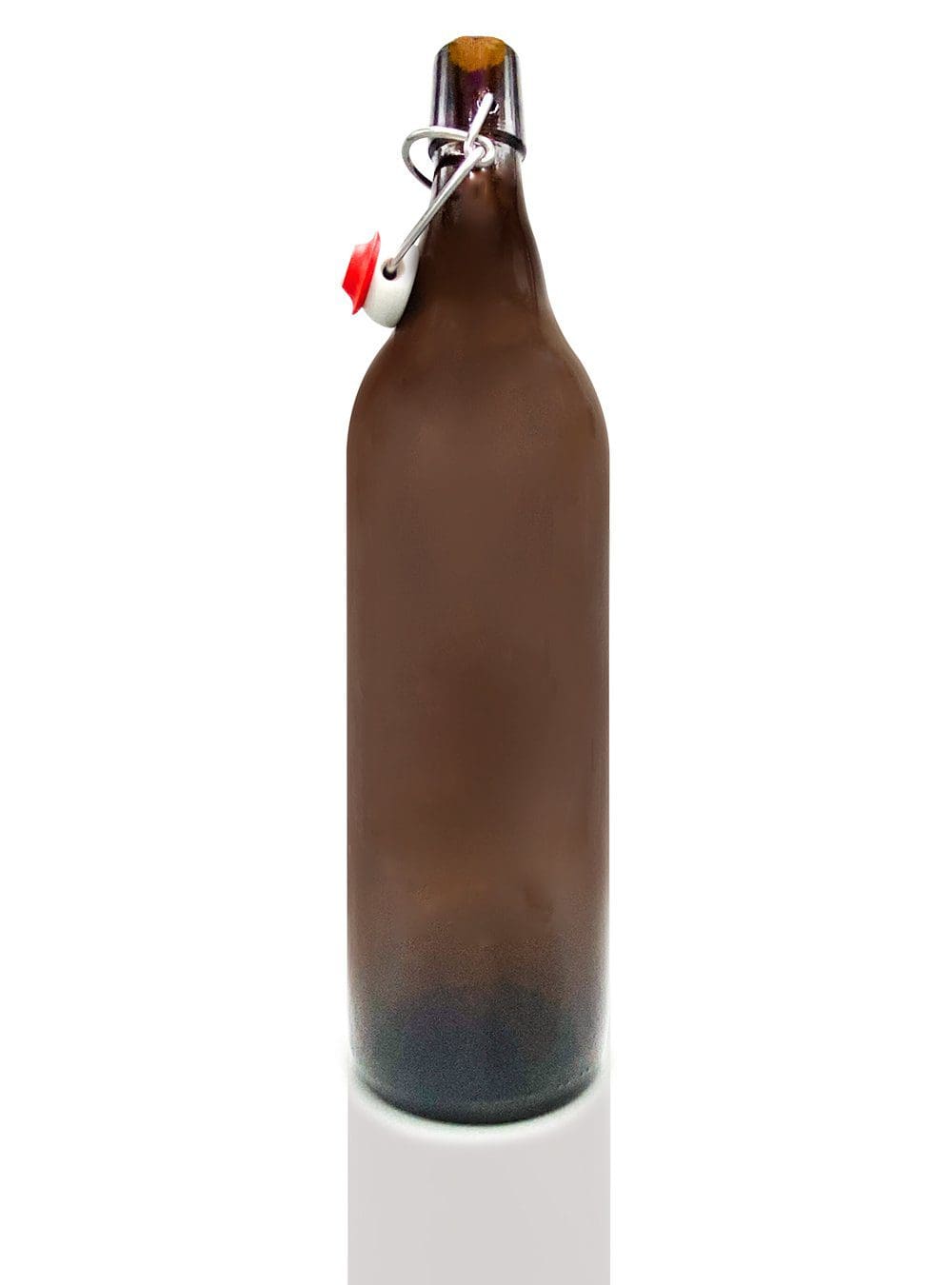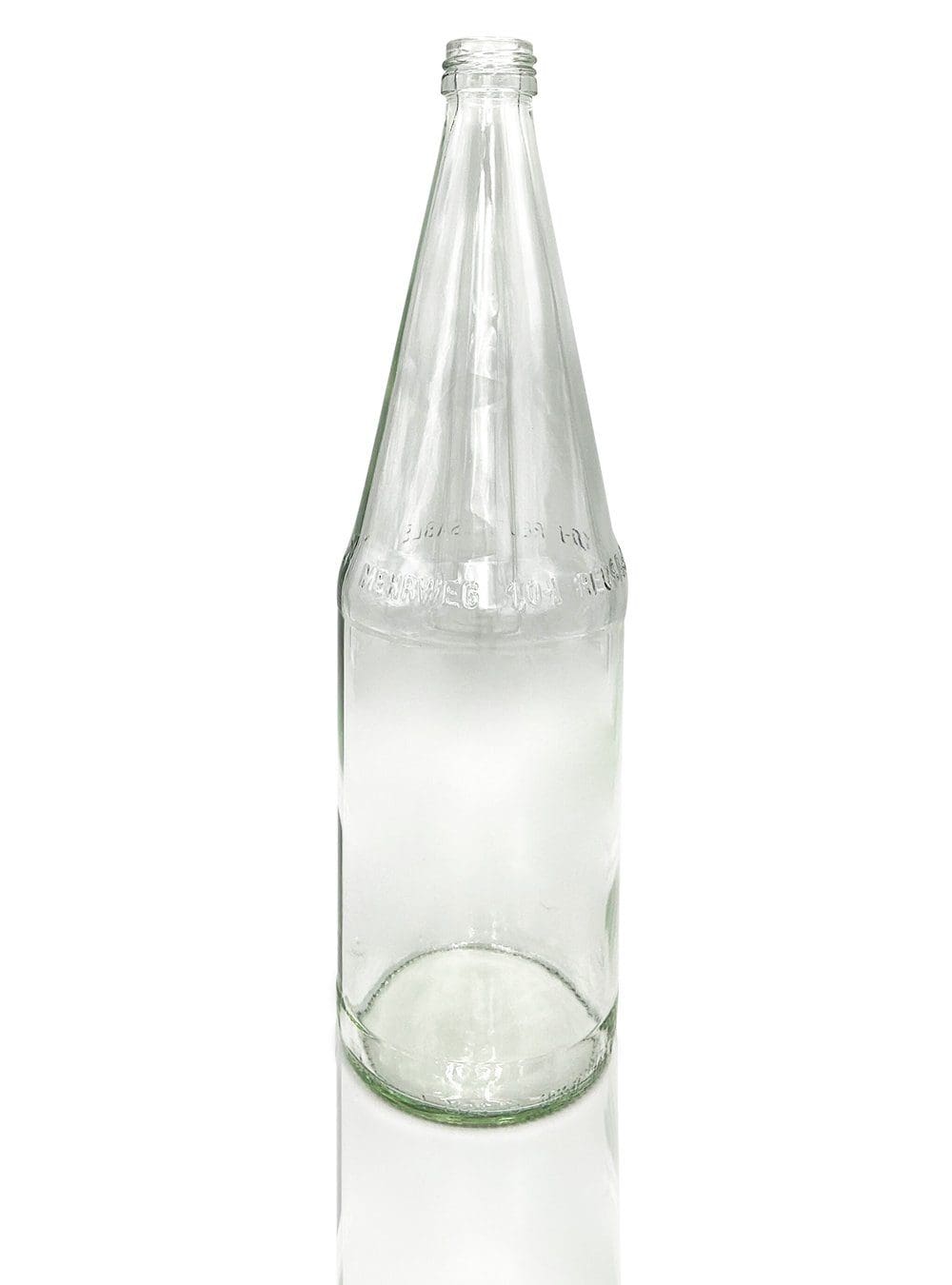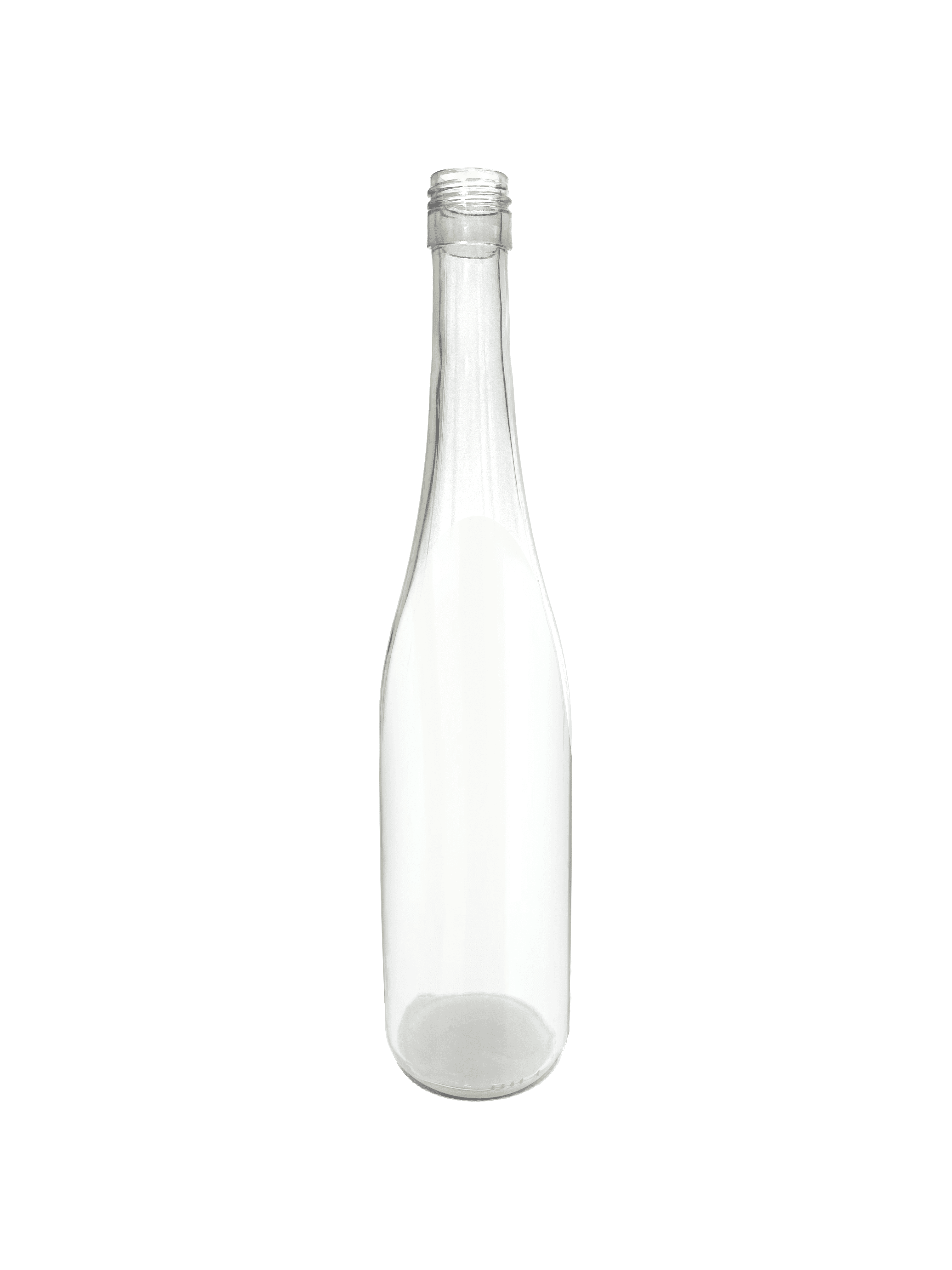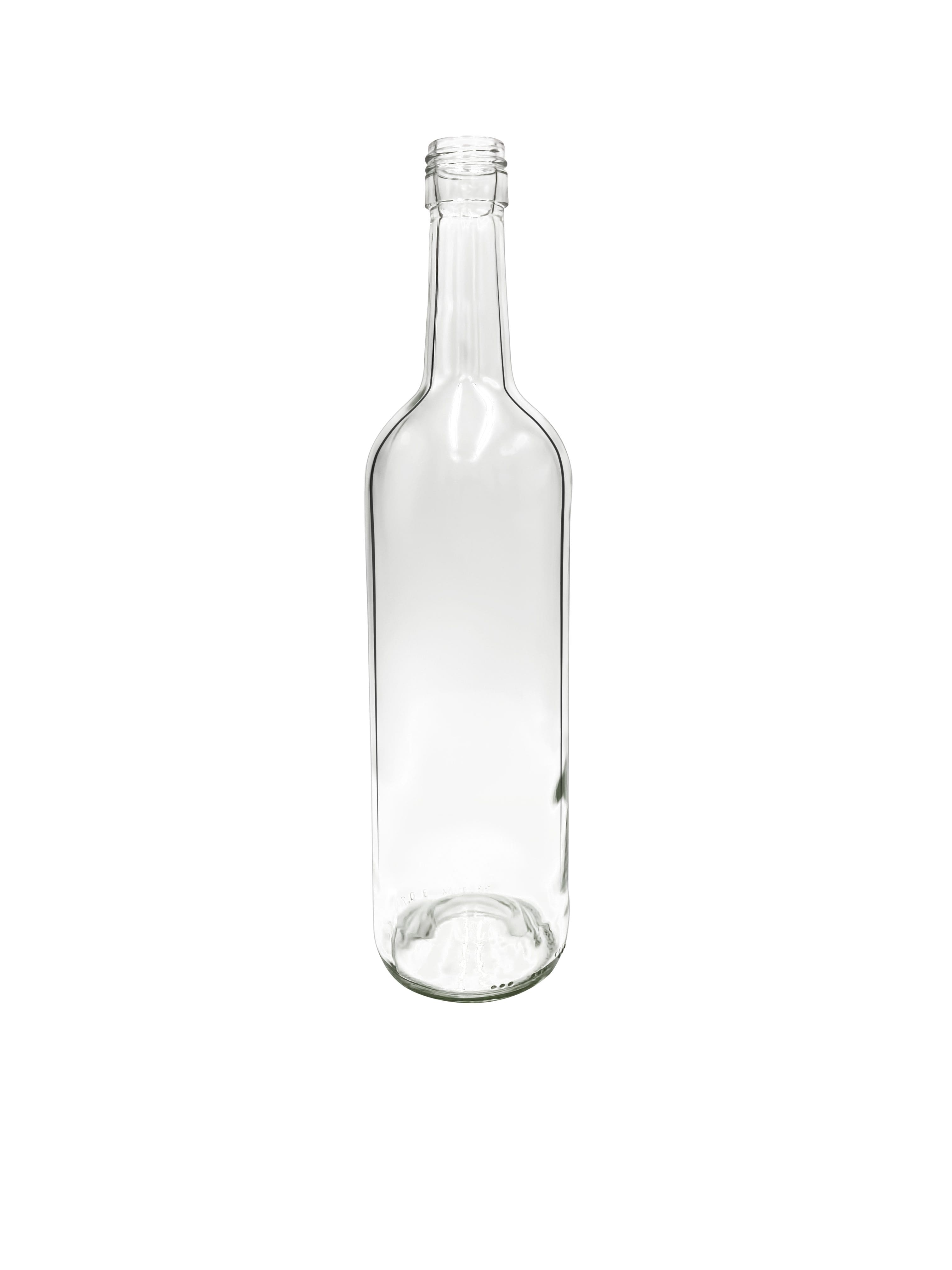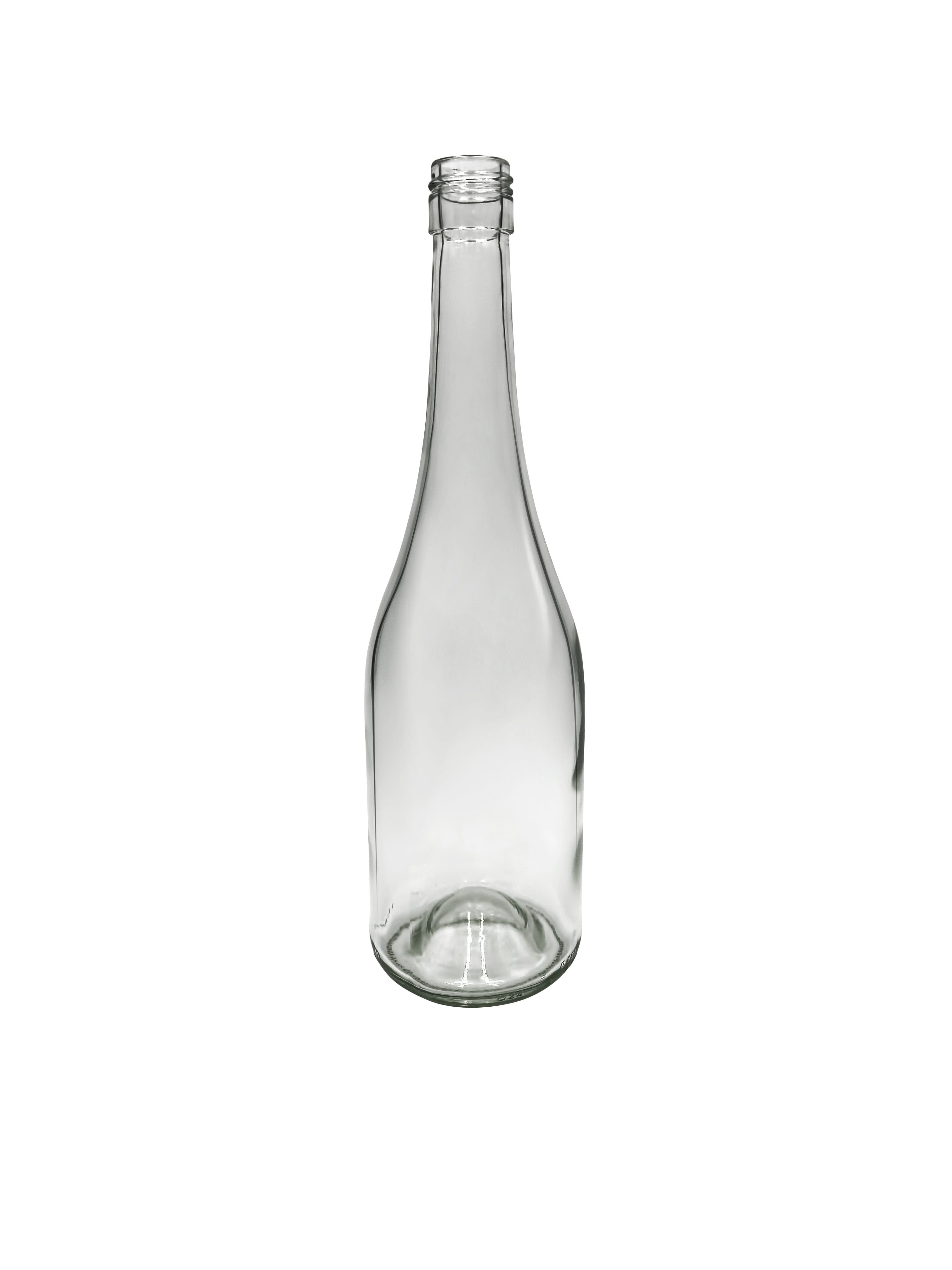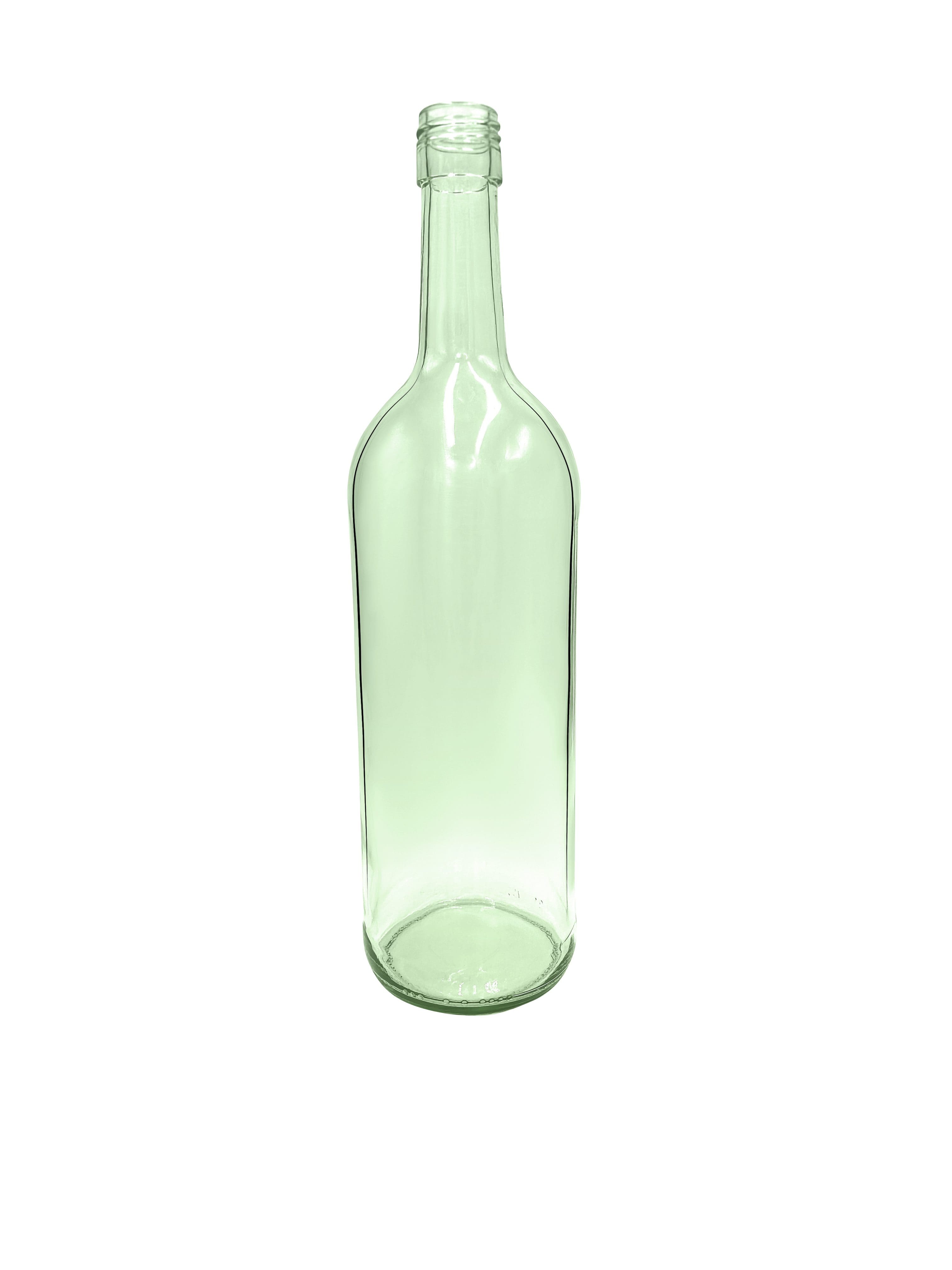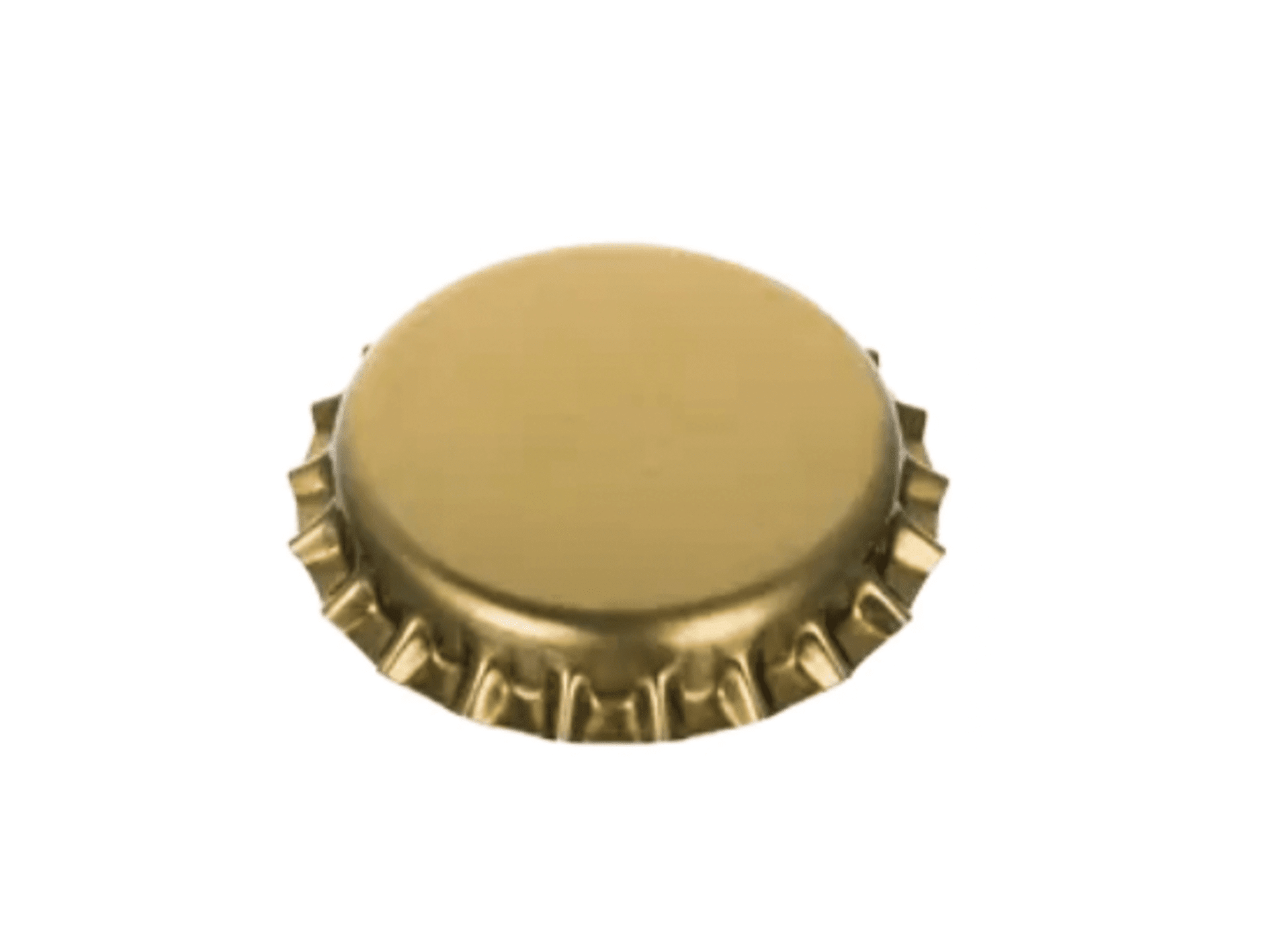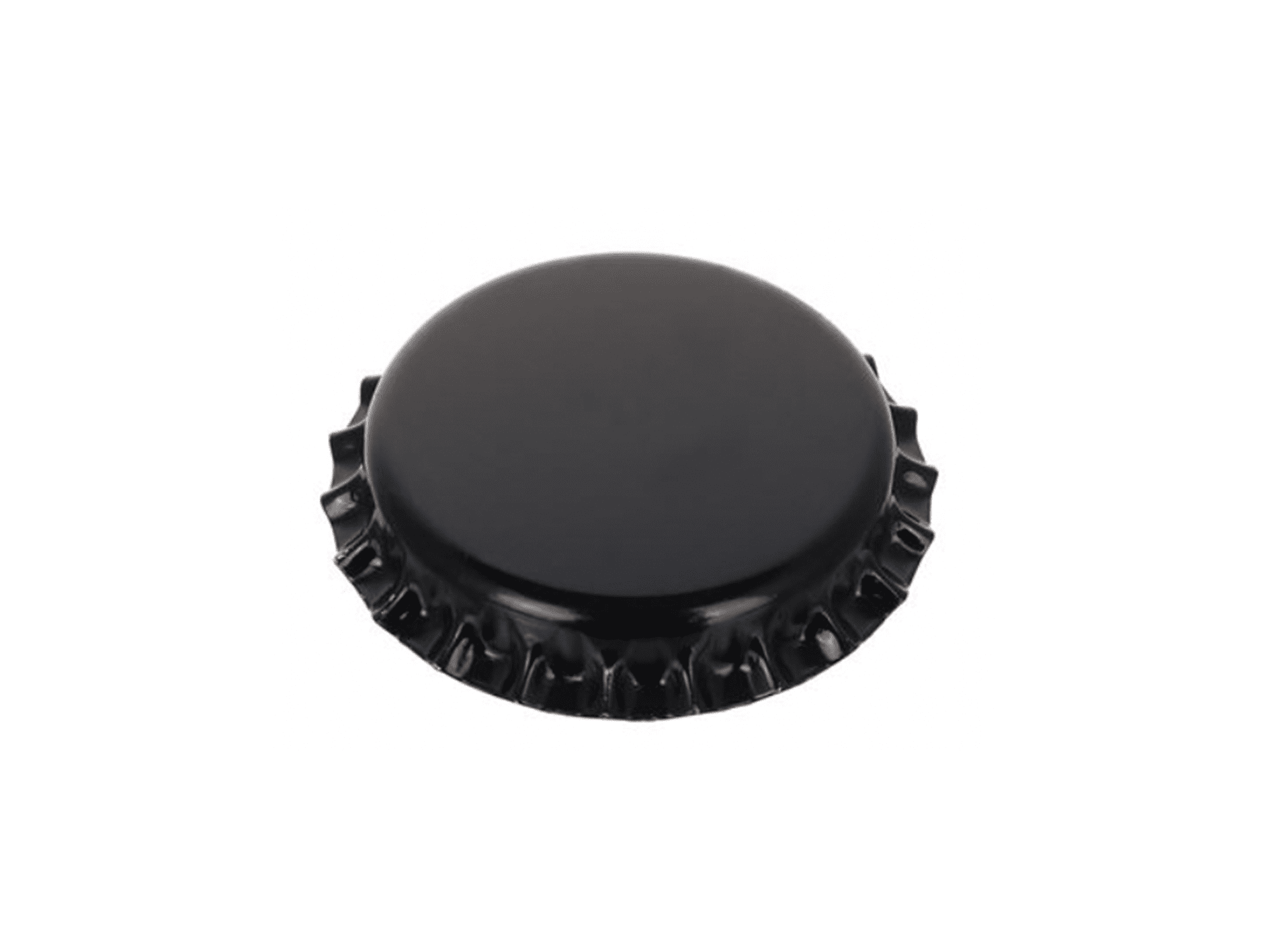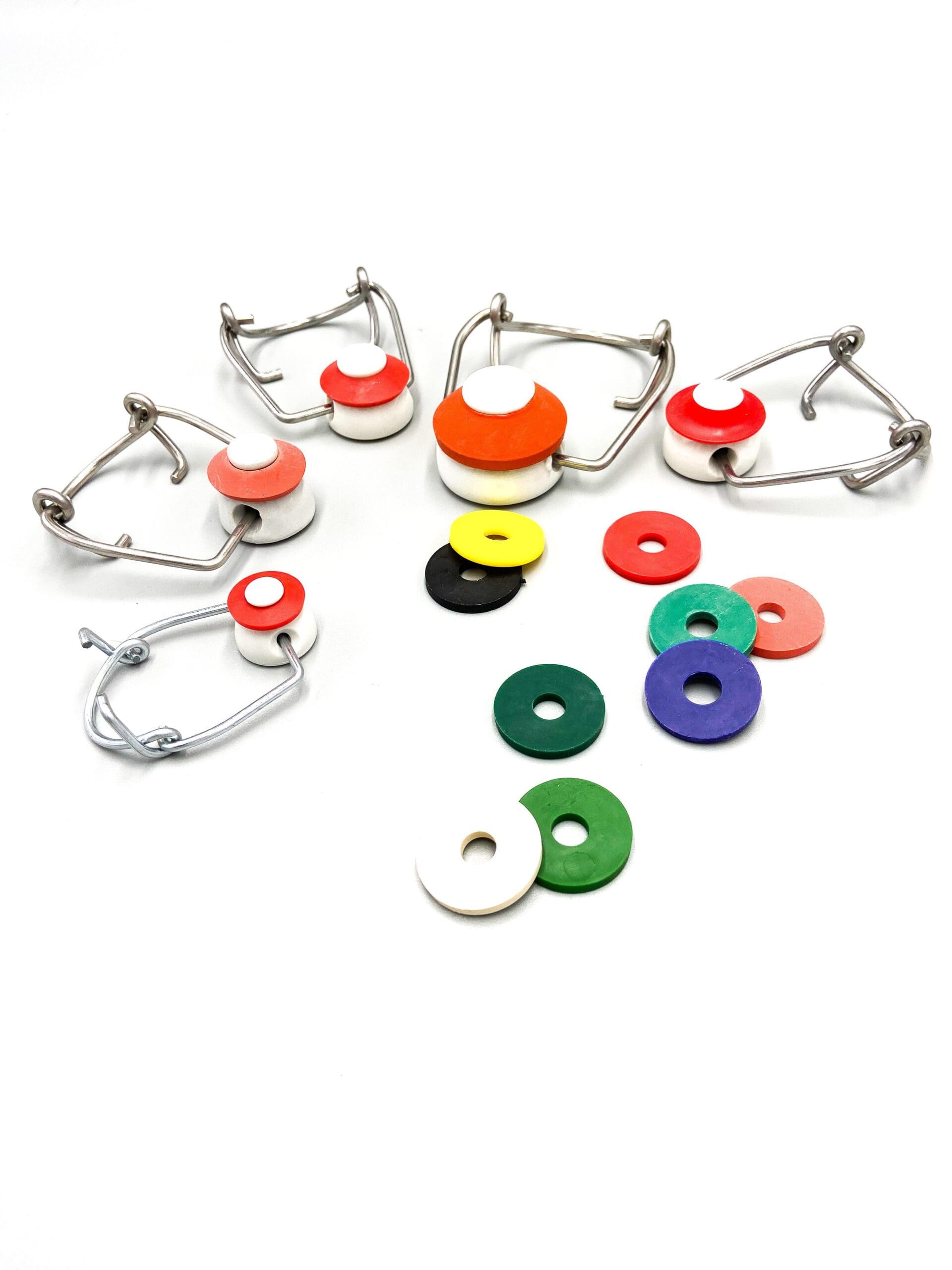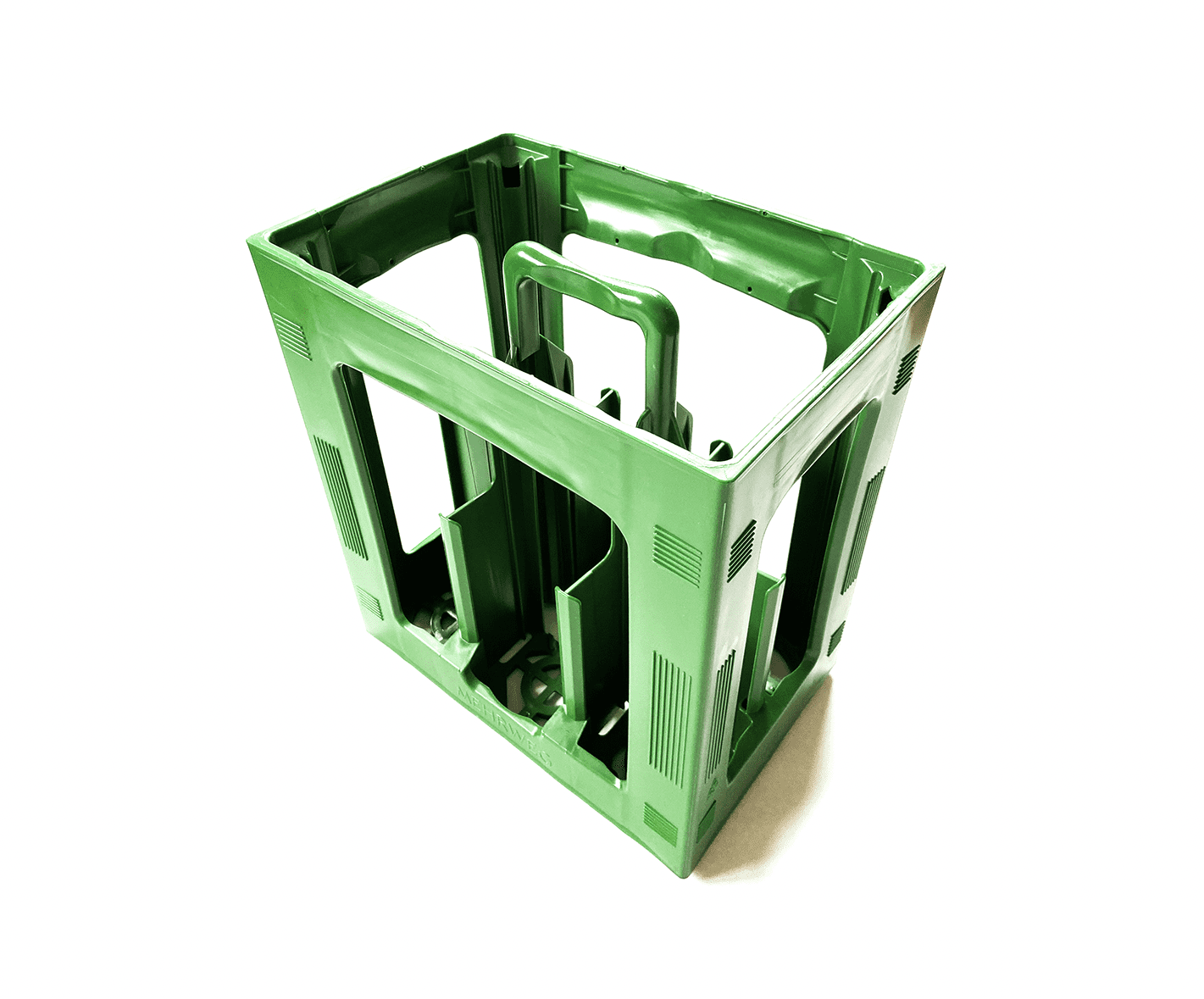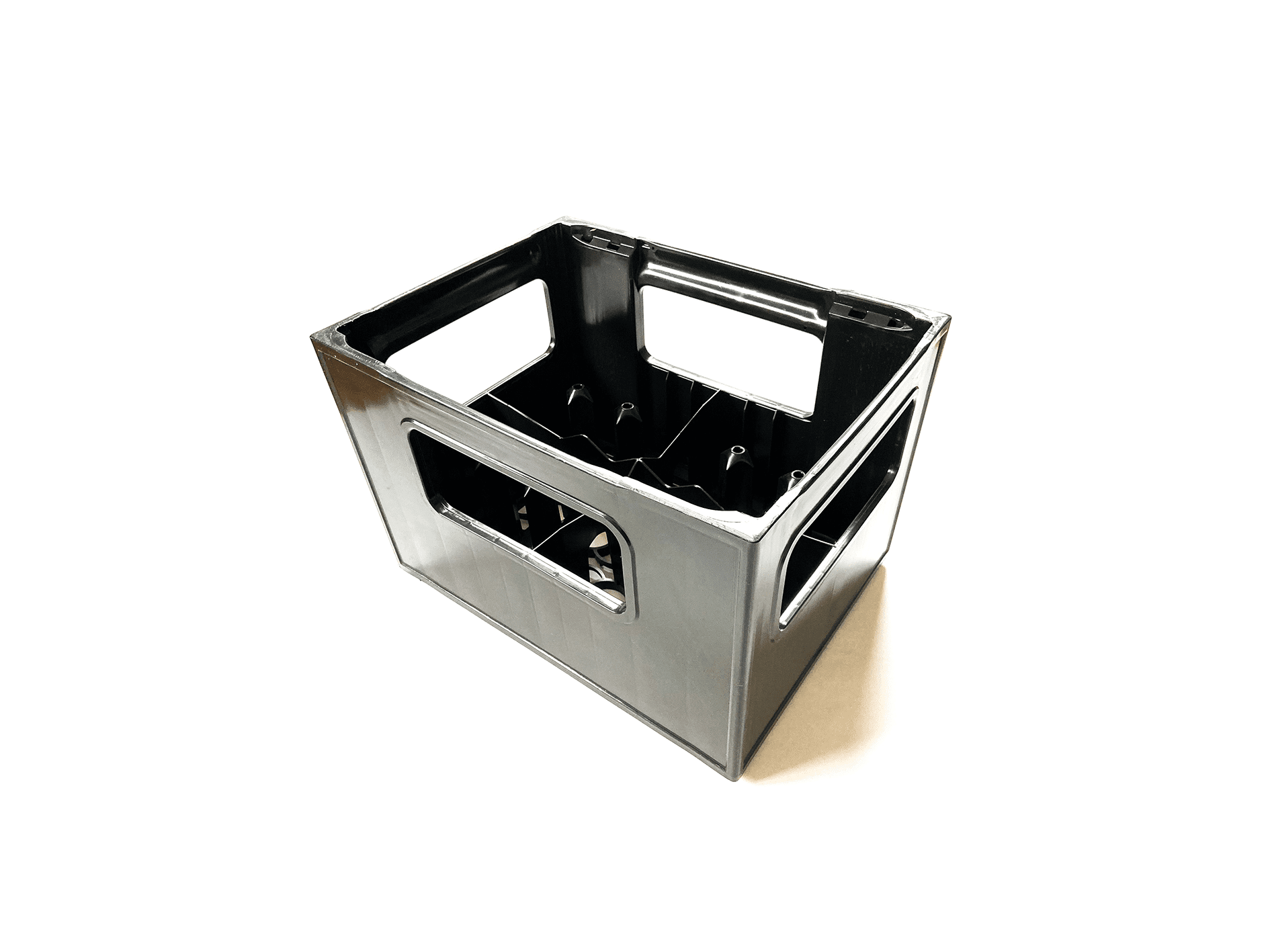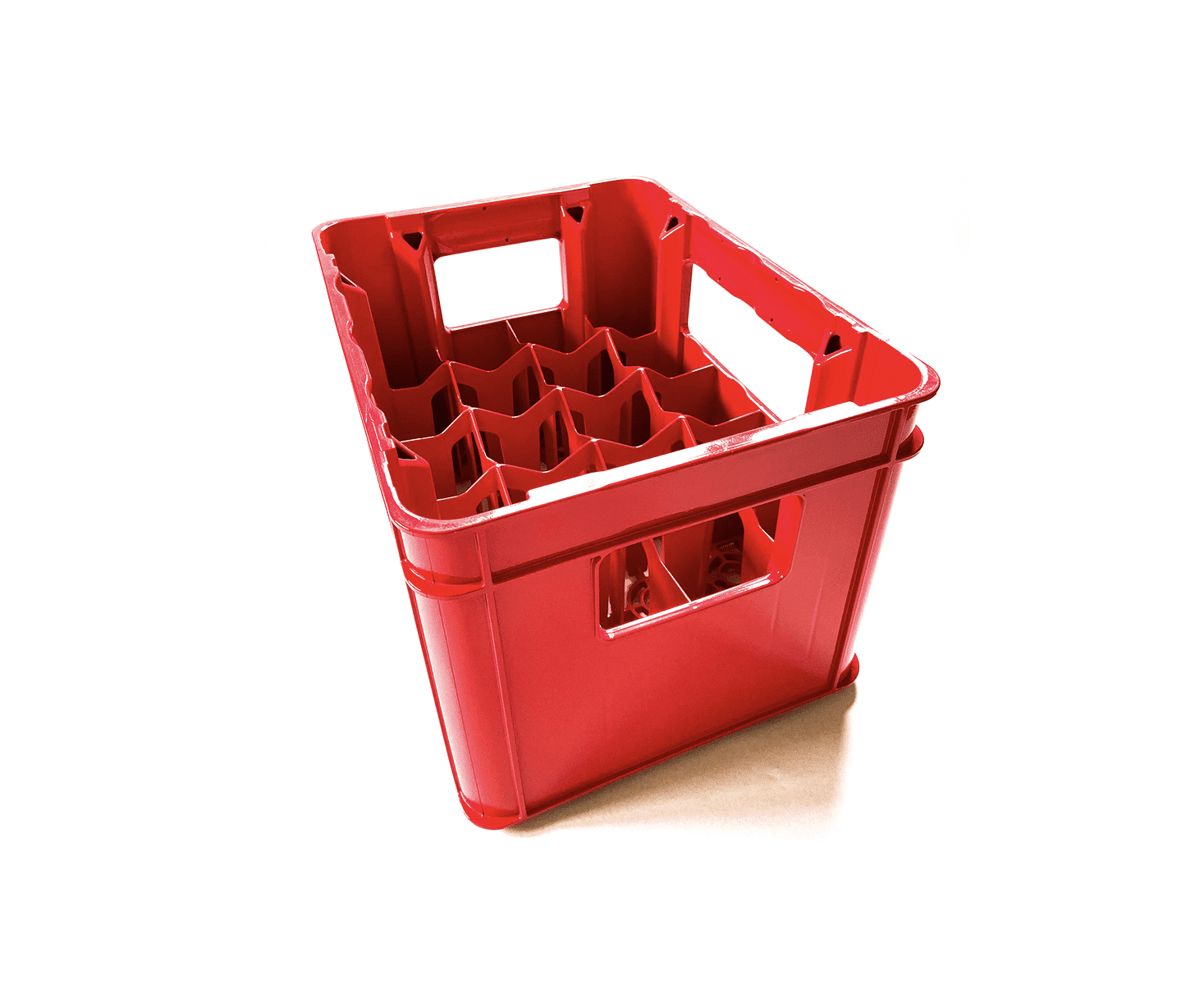Beer bottles
Beer bottles for commercial and home brewers
Pale, Pilsner, Craft Beer, Lager, Porter, Wheat Beer … Today, beer varieties are more diverse than ever. Beer is one of the most popular beverages among Germans and the demands on taste are high. The internationally recognized German beer is characterized both by large industrial breweries, but also by private and smaller brewers. The production of a tasty beer is based on high German brewing art. In particular, the character of the beer is tuned difficile. To round off the overall product, the matching bottle is also of high importance.
Beer bottles are containers for beer, with the purpose of portioning the beer, making it ready for the customer and protecting it from external influences. The right choice of bottle is important both for optimal storage and the taste of the beer. In addition, however, the beer bottle also reflects the individual characteristics of a beer. In this respect, the optimum beer bottle is of great importance for an authentic brand image and the customer’s purchasing decision.
Beer bottles catalog
Categories
- juice bottles / water bottles (26)
- Beer bottles (37)
- Wine bottles (19)
- Beverage crates (7)
Size
- 200ml (5)
- 250ml (5)
- 275ml (1)
- 330ml (21)
- 500ml (12)
- 700ml (1)
- 750ml (17)
- 1000ml (7)
- 2000ml (1)
Color
- green (14)
- white (23)
- brown (24)
- black (2)
- blue (1)
- feuille-morte (2)
- antik (3)
- lichtgrün (2)
- gold (1)
- red-white (1)
Use
- Reuseable (33)
- One way (37)
Buy empty beer bottles for filling
Our top sellers at a glance:
- The Longneck bottle: With its long neck, the longneck is a popular bottle for bottling different types of beer. It is considered the standard for a filling quantity of 0.33 liters. The longneck is available in different colors, such as brown, green, white or black.
- The Euro bottle: The Euro bottle is often used for Helles. Due to its retro look, it is gaining more and more popularity. It is considered a common bottle for a capacity of 0.5 liters.
- The Steinie bottle: The Steinie is used as a comparatively smaller beer bottle, with a capacity of 0.33 liters. Often it is also used as an ironing bottle. It captivates with its characteristic appearance and is considered extremely stable. It is often used in the bottling of Pils.
- The NRW bottle: The NRW is often used for bottling wheat beer. It is considered a common bottle for a capacity of 0.5 liters.
- The Hole-Mouth bottle: The Hole-Mouth bottle is often used for bottling lager and Radler. It captivates with a longer bottle neck, which merges into an expansive bottle body.
The beer bottle
Beer bottles are an important part of beer culture. They come in many different sizes and shapes. If you want to buy beer bottles or buy empty beer bottles, there are some things to consider.
Bottle of beer: The classic beer bottle is usually a brown glass bottle with a capacity of 0.33 or 0.5 liters. This size is ideal for enjoying a beer in a cozy evening or in the company of friends. The bottles usually have a crown cap as a closure.
Beer bottles shapes: Beer bottles come in different shapes and sizes. Some bottles are narrower and taller, others wider and flatter. There are beer bottles with special design, such as a bulbous shape or a curved line. The choice of bottle shape can affect the taste experience, as it allows the beer to breathe in different ways.
Beer bottles with swing stopper: Swing stopper bottles offer an alternative to the crown cork. These bottles have a rubber or plastic cap, which is fixed by a wire bracket.
Beer bottle sizes: The size of the beer bottle often depends on the type of beer. There are beers sold in bottles with a capacity of 0.33 or 0.5 liters. However, there are hardly any limits to the size of the bottle.
Small beer bottles: Small beer bottles have a capacity of 0.25 liters and are a good choice for tastings or for enjoying beers with high alcohol content. Small-bottle beers are also a popular option for people who want to afford a special beer but don’t want to drink a whole bottle. There are many beers in small bottles of 0.2 liters or less, which can be found in bars or restaurants, for example.
Large beer bottles: If you want to entertain a larger group of friends or family members, large beer bottles with a capacity of 1 or 2 liters are a good choice. These bottles are ideal for sharing and provide a great group experience.
Are you looking for the optimal beer bottle? Take a look at our beer bottle catalog or feel free to contact us directly. KP Glas is your competent partner for bottle glass.
A guide to buying beer bottles
Finding the optimal beer bottle – what matters in the selection?
Did you know that beer bottles differ not only in appearance, but also in function? Empty beer bottles are countless. It’s not easy to keep track of everything and reach for the right bottle. Would you like a guide to find the optimal bottle? Below you will find a lot of important information about buying beer bottles. With our wide range of bottles and many years of expertise, we can help you buy the right beer bottle for your beer or mixed beer drink:
Table of Contents
What are beer bottles?
Beer bottles are bottles used for packaging beer. They can be made of different materials, such as glass, aluminum or plastic and come in a variety of sizes and shapes. Most beer bottles have a standard size of 330 ml or 500 ml, but there are also bottles with a capacity of more than one liter. The use of bottles allows beer producers to sell their product to a wide clientele, as they can be easily transported and stored.
How are beer bottles made?
The production of beer bottles includes several steps:
- Raw material procurement: The raw materials for the production of beer bottles are mostly glass, clay and lime.
- Production of the glass blank: The clay is fired in a kiln at high temperatures to produce a glass-like substance. Lime is added to stabilize the glass.
- Molding: The glass blank is placed in a mold and pressure is applied to create the desired bottle shape.
- Cooling: The bottle molds are cooled to create a crystalline structure that provides bottle strength.
- Varnishing: Some bottles are coated to protect them from UV light and contamination.
- Labeling and packaging: The bottles are labeled and packaged, ready for sale to breweries and beverage stores.
It is important to note that these steps can be performed by an automated machine or by hand, depending on the size of the production and the brewery’s budget. Most large breweries use automated processes to increase efficiency and cost savings.
What are the different beer bottles?
There are a variety of different beer bottles, which differ in size, shape and material. Here are some of the most common types of beer bottles:
- Longneck bottles: These bottles have an elongated neck and a round body. They are the most common type of beer bottle and are often used for Pilsner beers.
- Wheat beer bottles: These bottles have a characteristic spherical shape that is often associated with wheat beer.
- Stubby bottles: These bottles have a short, thick shape and are commonly used for craft beers and lagers.
- Bellied bottles: These bottles have a spherical shape with a wide base and a narrow neck. They are often used for ale beers.
- Swingtop bottles: These bottles have a flip-top cap instead of a screw cap and are often used for Hefeweizen beers.
- Aluminum bottles: These bottles are made of aluminum and are often used for disposable beers and energy drinks.
- Crystal bottles: These bottles are made of high quality glass and are often used for special occasions or premium beers.
It is important to note that the type of beer bottle used for a particular beer is often determined by the brewery, as well as personal preference and the image the brewery wishes to project.
Iron bottles:
Hanger bottles are a type of beer bottle that have a handle (also called a “hanger”) on the neck or rim. The handle allows the carrier to carry the beer more comfortably and also reduce the risk of spills. Hang-top bottles are often used for beers sold on special occasions or as gifts, or for beers drunk during outdoor activities because they are easy to carry.
There are also some breweries that use swing-top bottles as part of their brand image to differentiate their beers and make them more appealing to consumers.
What are the different beers?
Beer is one of the oldest alcoholic beverages in the world and has a long and rich history. The first beers were made more than 5,000 years ago in Mesopotamia and Egypt.
Throughout history, beer became an important part of many cultures and was often drunk in conjunction with religious ceremonies, political meetings and social occasions.
In Europe, beer developed into an important part of culture, especially in the Middle Ages. Here beer was often drunk instead of water, because it was more hygienic. Beer was also an important part of the diet and was often consumed together with meals.
In modern times, beer has cemented its place in pop culture and leisure life. There are numerous beer styles and varieties produced and enjoyed around the world, and beer festivals and tastings are common.
Overall, beer has a long history and deep meaning for many cultures and is still an important part of many people’s lives today.
Breweries:
Breweries are establishments that produce the beer. There are many different types of breweries, from small, independent breweries to large, multinational breweries.
Some of the most important steps in the production of beer in a brewery are:
- Malting: This is where grains, usually barley, are allowed to ferment to produce the malt that is later used to make beer.
- Mash: The mash is made from the malt and water to release the sugar, which is later fermented by yeast.
- Boiling: The mash is boiled to extract bitters, aromas and other ingredients that give the beer its flavor.
- Fermentation: Here the yeast is added to transform the sugar into alcohol and carbon dioxide.
- Storage: The fresh beer is stored to mature and improve its taste.
- Bottling: The beer is bottled or canned and ready for sale.
Breweries may also develop their own beer styles and recipes to differentiate their products from those of other breweries. Some breweries also have their own brewery tours and tasting rooms to allow visitors to sample their beers and learn more about how beer is made.
Bottler of beer:
Beer bottlers are companies or establishments that bottle and package beer. Bottlers can be their own breweries, but there are also independent bottlers that bottle and sell beer from multiple breweries.
Bottling beer involves several steps:
- Cleaning: The bottles and cans are thoroughly cleaned to ensure that the beer is not contaminated.
- Bottling: The beer is filled from the fermentation and storage tanks into the bottles or cans.
- Closing: The bottles are closed with crown corks or screw caps to guarantee an airtight seal.
- Labeling: Bottles are labeled with labels or stickers that include information such as the brewing house, beer style, bottling date, and ingredients.
- Packaging: The bottles or cans are packed in crates or boxes to make them ready for shipment or sale.
Bottlers play an important role in the distribution of beer and help beer from breweries reach different parts of the world. They can also use special bottling processes and technologies to improve the quality and shelf life of the beer.
What are the different beers?
There are countless different types of beer around the world, varying in their flavors, colors, alcohol contents, and other characteristics. Here are some of the most common types of beer:
- Lager: These beers are made from malt, hops and yeast and are stored at low temperatures. They are light and refreshing and have a mild taste.
- Pilsner: These beers are a type of lager that have a light hue and a light, hoppy note.
- Ales: These beers are fermented at higher temperatures and have a stronger, malty flavor.
- Stouts: These beers have a dark color and a strong, roasted malty flavor.
- IPAs: These beers have a high hop content and a bitter-aromatic taste.
- Wheat beers: These beers have a high percentage of wheat and have a yeasty taste.
- Bock: These beers have a higher alcohol strength and a sweet, malty taste.
- Porter: These beers have a dark color and a roasted malt flavor with notes of coffee and chocolate.
This is only a small selection of the different types of beer. In different countries there are also local types of beer, which may differ from region to region.
Craft beer
Craft beer is a term used to describe beer made in small breweries that specialize in producing high-quality, hand-brewed beers. Unlike industrially produced beers, which are often made with cheap ingredients and intensive mass production, craft brewers place special emphasis on quality and variety.
Craft beer is characterized by its individual flavor and creative recipes. Brewers often experiment with unusual ingredients such as fruits, herbs and spices to create new and unique styles of beer. Craft beer is also often higher in alcohol than other beers, which gives it a special strength and body.
The craft beer movement has grown in popularity in recent decades and has helped a growing number of consumers appreciate the taste of high-quality craft beers. There are now thousands of small breweries around the world producing craft beer and an ever-increasing number of bars and restaurants featuring these beers on their menus.
Light beer
Helles is a light lager made from malt, hops, yeast and water. It originated in Bavaria, Germany and is one of the most widely distributed beer styles in Germany. Pale ale is light gold to golden in color and has a mild, malty flavor with a slightly hoppy note.
This style of beer is known for its purity and clear taste, as it is made according to the German Purity Law of 1516, which states that beer may only be made from the four basic ingredients: malt, hops, yeast and water. Helles are light and refreshing beers, often drunk on hot days or at sporting events.
In Bavaria, Helles is an important part of beer culture and is often associated with the Oktoberfest and other traditional events. It is served in many beer gardens and pubs across the country and is a popular drink for beer lovers.
Dark beer
Dark beer is a dark lager made from dark malts. It has a brown to deep red color and a malty, sweet taste with notes of chocolate, coffee or toffee.
Dunkelbier originated in Bavaria, Germany and is a very popular beer style in Europe. It is often heavier and stronger than pale ale, but still refreshing and easy to drink.
Dark beer is made from a combination of dark malts such as caramel malt, roasted malt and chocolate malt, which give the beer its color and flavor. It may also contain hops, but in smaller amounts than other beer styles to accentuate the malty flavor.
Dark beer is a versatile beer that can be served both as an aperitif and as a dessert drink. It is especially good with hearty dishes such as beef, game or chocolate desserts.
Wheat beer
Wheat beer, also known as wheat beer, is a style of beer made primarily from wheat malt and yeast. It has a light to golden color and a yeasty, banana-like flavor that is often accented by a slightly tangy texture and a fruity note.
Wheat beer originated in Bavaria, Germany, and is one of the oldest beer styles in the world. It is especially popular in Germany, Belgium and Austria, but it is also produced in other parts of the world, including North America and South America.
Compared to other beer styles, wheat beer contains fewer hops and more yeast, making it a unique and refreshing drink. It is often garnished with a lime or a slice of lemon to enhance the flavor and reduce the yeast content.
Wheat beer is a very versatile drink and is good for warm days and as an aperitif. It is also a popular choice for beer lovers who prefer a refreshing and easy-drinking beer.
Pilsner
Pilsner is a style of beer that originated in Pilsener, Czech Republic. It is one of the most produced beers in the whole world and has a long history.
Pilsner is a light lager beer made from malt, hops, yeast and water. It has a golden color and a clear, crystalline look. The taste is strong and tart, with a dominant hop aroma and a pleasant bitterness.
Pilsner beer style is known for its purity and use of high quality ingredients. It is often used as a reference for other beers and is an important component in many beer blends.
Pilsner is a very popular beer produced in many countries around the world. It is good for daily consumption and as a refreshment in warm weather conditions. It is also a popular choice for beer lovers who prefer a classic, simple and delicious beer.
Export beer
Export beer is a style of beer that originated in Germany in the 19th century. It is a dark lager originally produced for export to other countries.
Export beer has a deep brown color and a strong, malty taste. It is made from dark malt, hops, yeast and water and has a higher alcohol strength than other beer styles, usually between 5 and 7%.
Export beer is known for its flavor intensity and its ability to pair well with other foods. It is well suited for consumption in colder weather and as an accompaniment to a variety of dishes, such as beef, game and sausages.
Nowadays, there are many breweries that produce export beer and sell it all over the world. It is a popular beer for beer lovers who prefer a strong and malty taste and enjoy it with meals.
Beer bottle with swing stopper pleasing? Or a longneck bottle with a crown cork? - Our wide range of beer bottles.
The right closure for beer bottles. Crown cork or swing top bottle?
The optimal packaging for your beer - glass or plastic beer bottles?
When choosing the right packaging, the first thing to consider is the material from which the packaging is made. Glass, metal, plastic or a keg of beer? Beer bottles made of glass offer significant advantages over cans or plastic bottles. On the one hand, the habit and the feeling of the customer plays a major role here. In Germany, a cool fresh beer is traditionally drunk from a glass bottle or glass, it simply tastes best that way. However, in addition, the glass beer bottle include technical advantages:
- Glass creates transparency. With a glass beer bottle, the product is visible from the outside.
- Glass bottles are tasteless and odorless compared to cans or plastic
- Glass beer bottles offer a high-quality feel, as well as the possibility for a wide variety of shapes and beautiful visual characteristics
- Glass bottles, especially as reusable bottles, contain positive environmental aspects and contribute to sustainability
Glass is considered an optimal and proven material for beer bottles. Glass bottles are ideal for functional as well as visual and marketing reasons. Whether for industrially brewed beer, or for craft beer, so-called craft beer, convince yourself of the variety of beer bottles from KP Glas.
What can beer bottles be used for?
The use of beer bottles today goes far beyond the bottling of beer and mixed beer beverages. Sparkling wine producers, for example, are increasingly turning to beer bottles. But white-glass beer bottles are also in demand in AfG operations. They are gaining popularity for bottling juices or lemonades.
What color should be a beer bottle?
Common colors for beer bottles are brown, green or antique green. These colors protect the beer from UV radiation for a longer period of time. The right color of the beer bottle helps to prevent the bitter substances of the hops from decomposing and the beer from changing its taste as a result. With a beer bottle that provides inadequate protection from excessive light exposure, the beer may develop a sulfurous aroma and become undrinkable. Therefore, a bottle completely without coloring is not recommended, as long as the beer is not stored in the dark. Beer bottles in brown are considered the best protection against UV radiation. At the same time, however, sufficient transparency of beer bottles is important for the cleaning process, as the cleanliness inspection involves shining a light through the bottle. However, in addition to functional properties, the color of the bottle also includes design aspects. Thus, especially trendy drinks made from beer are often set apart from the crowd by their color. For this purpose, a white bottle can serve, which reproduces the color of the beer or mixed beer drink 1:1. However, for example, modern beer bottle colors such as black can also be a characteristic appearance. For this, take a look at our glass bottle catalog and find numerous beer bottles in different colors, such as green, brown, white or black.
Filling beer bottles - what is the ideal volume of beer?
The volume of beer bottles varies within Germany and worldwide. German standard volumes are bottles of beer with 0.33 liters or 0.5 liters. In addition, there are larger and smaller filling quantities, which, however, account for a small share. For example, very large beer bottles with a volume of 1 liter or more are popular for special occasions. Bottling then takes place in comparatively smaller batches.
The glass beer bottle offers the optimal protection for your beer!
Beer bottles often have shock ribs on the surface of the glass cylinder. This minimizes the risk of breakage when the bottles come into contact with each other. The bottom of the bottle is usually curved inward to counteract the breakage of the bottle due to internal pressure. At the bottom of beer bottles at the same time there is information about the bottle production, such as the production and manufacturing plant.
Large and small beer bottles - Various standard bottles or still an individual bottle of beer?
- Brazil among others with 0.6 liter beer bottles
- Italy among others with 0.66 liter
- Argentina among others with 0.75 liters
- South Asia and others with 0.7 liters
- Australia among others with 0.8 liters
The right closure for beer bottles. Crown cork or swing top bottle?
Buying empty beer bottles: The differences between returnable and non-returnable:
Glass production involves a high energy input. Nevertheless, glass beer bottles are considered sustainable because they can be cleaned and reused several times. With regard to the use of beer bottles, a distinction is made between disposable bottles and returnable bottles. Both are subject to a deposit vis-à-vis the end brewer, but the systematic handling of the bottles differs:
- Disposable bottles: Disposable beer bottles are mostly recycled and melted down. This is then used to create new glass products. These do not have to be bottles. The advantage is that less energy is required compared to the production of new glass.
- Returnable bottles: Returnable beer bottles are cleaned and refilled by the bottling plants. For the cleaning of beer bottles, in most cases bottle cleaning machines are available to the plants, which work with special disinfectants. The circulation number shows how often the bottles can be reused. It is common for reusable bottles to be used for several years. Returnable bottles for beer can have a circulation number of about 30-50. Frequently reused beer bottles show clear signs of closure. Here, mainly unsightly running marks on the bearing surfaces are characteristic. For the end customer, the value of the bottle, and also of the beer, tends to decrease as a result. If returnable beer bottles can no longer be refilled, they are melted down and used to produce new glassware.
Beer bottles & more! - The matching beer case.
To the ideal beer bottle can not be missing the matching beer crate. On the one hand, the bottle crate, usually made of plastic, serves to transport beer bottles. On the other hand, beverage crates today fulfill design requirements and complement the brand image around the beer and the beer bottle. Identical beer crates can also be easily stacked and contribute to simplified logistics and saving transport space. The number of bottles in beer crates today varies greatly. A beer crate with 20 bottles of 0.5 liters each has the rough dimensions of about 400 mm (length) x 300 mm (width) x 300 mm (height).
Buying beer bottles and accessories - Beer bottlers worldwide rely on bottle solutions from KP Glas
Are you looking for the optimal empty beer bottle to fill your beer? Whether you are a professional commercial producer, a private bottler, a large industrial brewery or a private craft beer manufacturer – at KP Glas you will find the ideal beer bottle for your needs. Please take a look at our glass bottle catalog or contact us directly. We look forward to seeing you.
KP Glas - Your partner for glass packaging
- Glass packaging with conviction
- Absolute service orientation - the focus is on our customers
- Powerful packaging solutions with versatile glass bottles
- Personal and cooperative customer relationships
- Enjoyment of the glass industry and a wide variety of people


